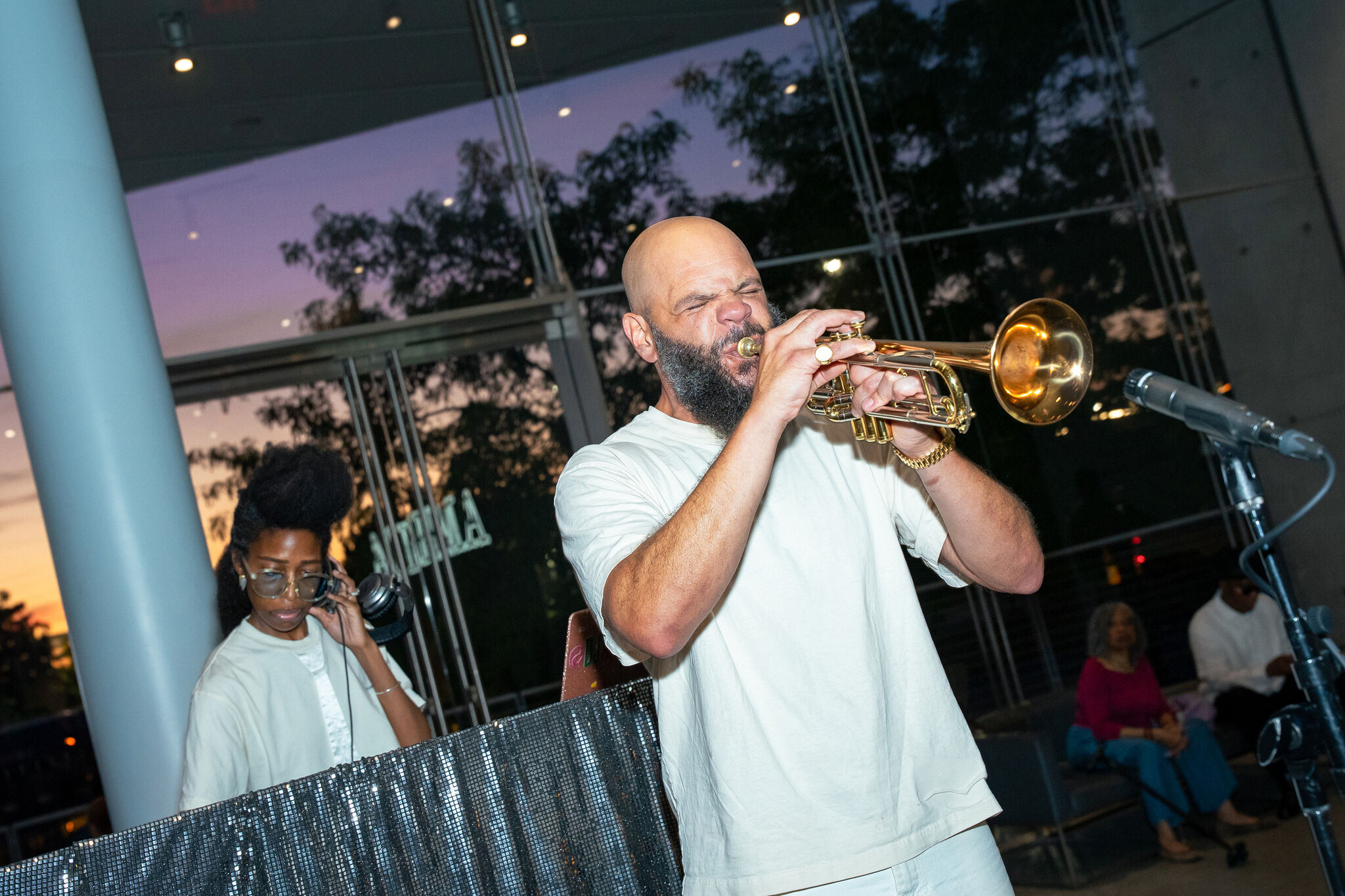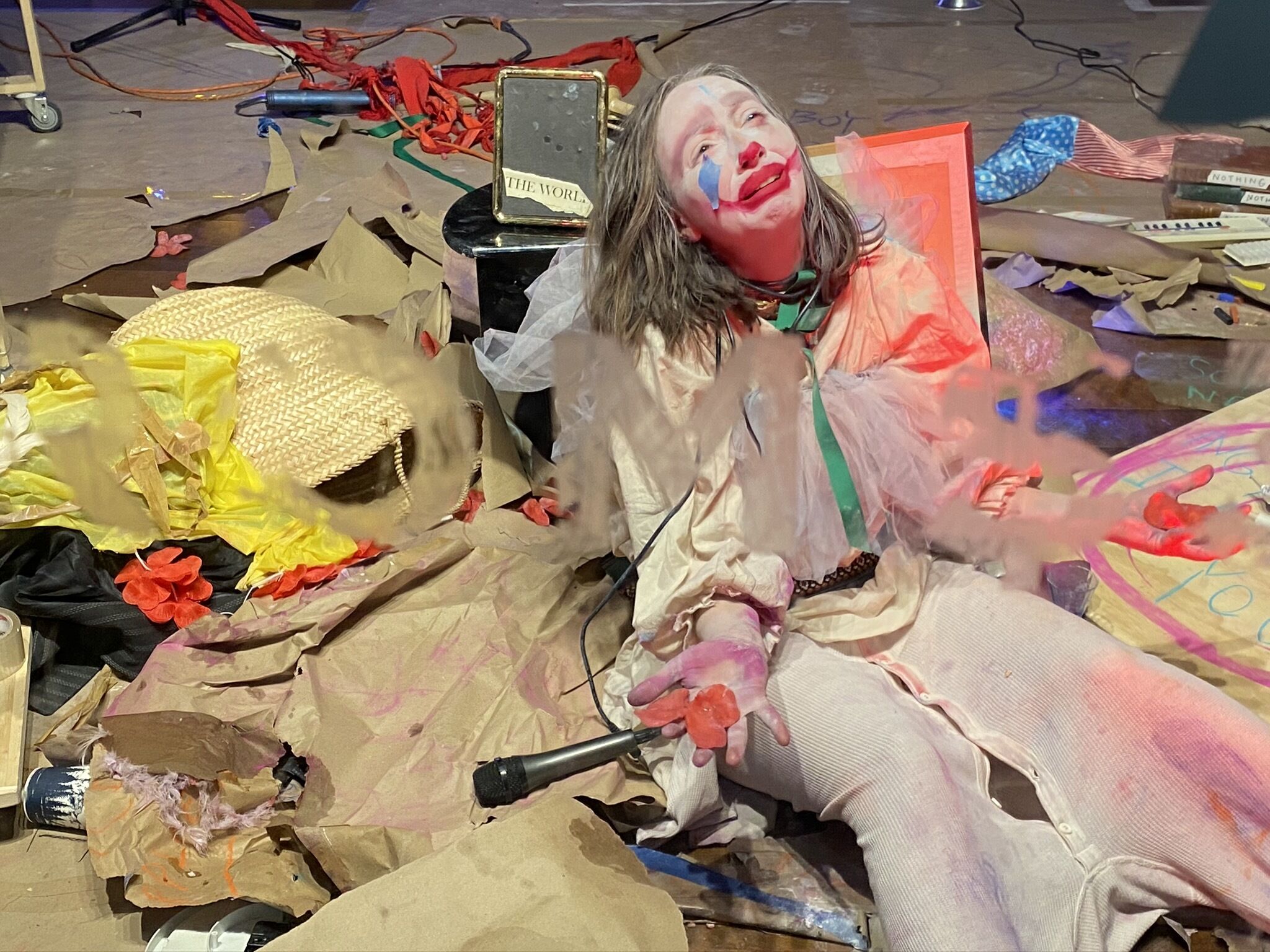Performance
Get updates about performances
History of performance at the Whitney
Early Performances
The Whitney’s vibrant, long-standing history of performing arts can be traced to museum founder Gertrude Vanderbilt Whitney. She played a critical role in the experimental music circles of the 1920s, actively supporting such musical pioneers as Edgard Varèse, Carl Ruggles, and Carlos Salzedo, and their International Composers’ Guild. Her influence could still be felt when the Whitney first formally began presenting music in its galleries in the 1960s. Far from viewing these events as a departure from its fields of activity in the visual arts, the Museum embraced performance in its many iterations--including music, dance, theatre, multimedia, and other cross-genre work--as an integral part of its mandate to nurture and support American artists, and to commission and present new work. This pioneering approach was evident in the Museum’s initial series, which showcased experimental jazz composers and included performances by innovators such as Gil Evans, Jimmy Giuffre, and the Modern Jazz Quartet.
By the 1970s, the Whitney regularly held a full range of performing arts events in the second floor gallery of the Breuer Building. Performers included Ornette Coleman, Sonny Rollins, Cecil Taylor, Aaron Copland, Steve Reich, John Cage, Duke Ellington, Eubie Blake, Meredith Monk, Terry Reilly, Laurie Anderson, Philip Glass, and many others. Particularly memorable were the performances by Trisha Brown, whose dance troupe walked on the gallery walls, and Duke Ellington, whose final piano recital was captured in the recording Duke Ellington Live at the Whitney.
Performances on 42nd
In the 1970s and ‘80s, the Whitney opened several branch locations in Lower Manhattan, Midtown, and Stamford, Connecticut. In the 1980s, the performing arts program migrated from the Breuer Building to the longest running of the branches, the Whitney Museum of American Art at Altria (formerly known as Philip Morris Companies) on 42nd Street, directly across from Grand Central Station.
In the hundreds of performances that took place at Whitney at Altria, artists working in music, dance, performance art, theater, and the realms in between, produced large-scale, fully staged work. Located at a dense urban intersection, the glass-enclosed public space, essentially the lobby of a corporate office building, encouraged interaction with passers-by, tourists, and commuters during both rehearsals and performances.
For the length of its existence, Performance on 42nd assumed a significant presence in the New York City performing arts landscape. Performances were free of charge and featured emerging artists, multidisciplinary programs and many new and commissioned works and works-in-progress. A short list of performers includes Joan Jonas, John Zorn, Olu Dara and the Okra Orchestra, Wendy Perron Dance Company, The Wooster Group, Christian Marclay, Savion Glover, DJ Olive, Stephen Vitiello, Dean Moss, Ethel, Cynthia Hopkins, Lisa D’Amour & Katie Pearl, Todd Reynolds, Phil Kline, Liza Jessie Peterson, nicholasleichterdance, Praxis Studio, and Judith Sanchez Ruiz.
The Altria branch closed in January 2008 after twenty-five years in operation. The final performance, on May 4, 2007, featured Electric Kompany, Margaret Lancaster, the Meehan-Perkins Percussion Duo, and Kathleen Supove as part of a three-day festival of work by Dutch composer JacobTV.
Whitney Live
Launched in October 2006, Whitney Live represented the next stage in the museum’s commitment to the performing arts: a series highlighting the intersection of performance and installation. The inaugural event, Steve Reich @ the Whitney, reprised and reinvented the presence of music in the Breuer Building. Reich arranged the instruments, equipment, and musicians as they would be in a gallery rather than a concert hall; visitors were invited to enter the space, wander around at will, and stay for some of the music, experiencing the entire installation up-close. The end result was more environmental sound sculpture than concert. The performance also underscored the museum’s extraordinary history with Reich, which stretches back to his participation, along with twenty-two other artists including Philip Glass, Carl Andre, and Richard Serra, in the 1969 exhibition Anti-Illusion: Procedures/Materials.
Past performances
-
2025
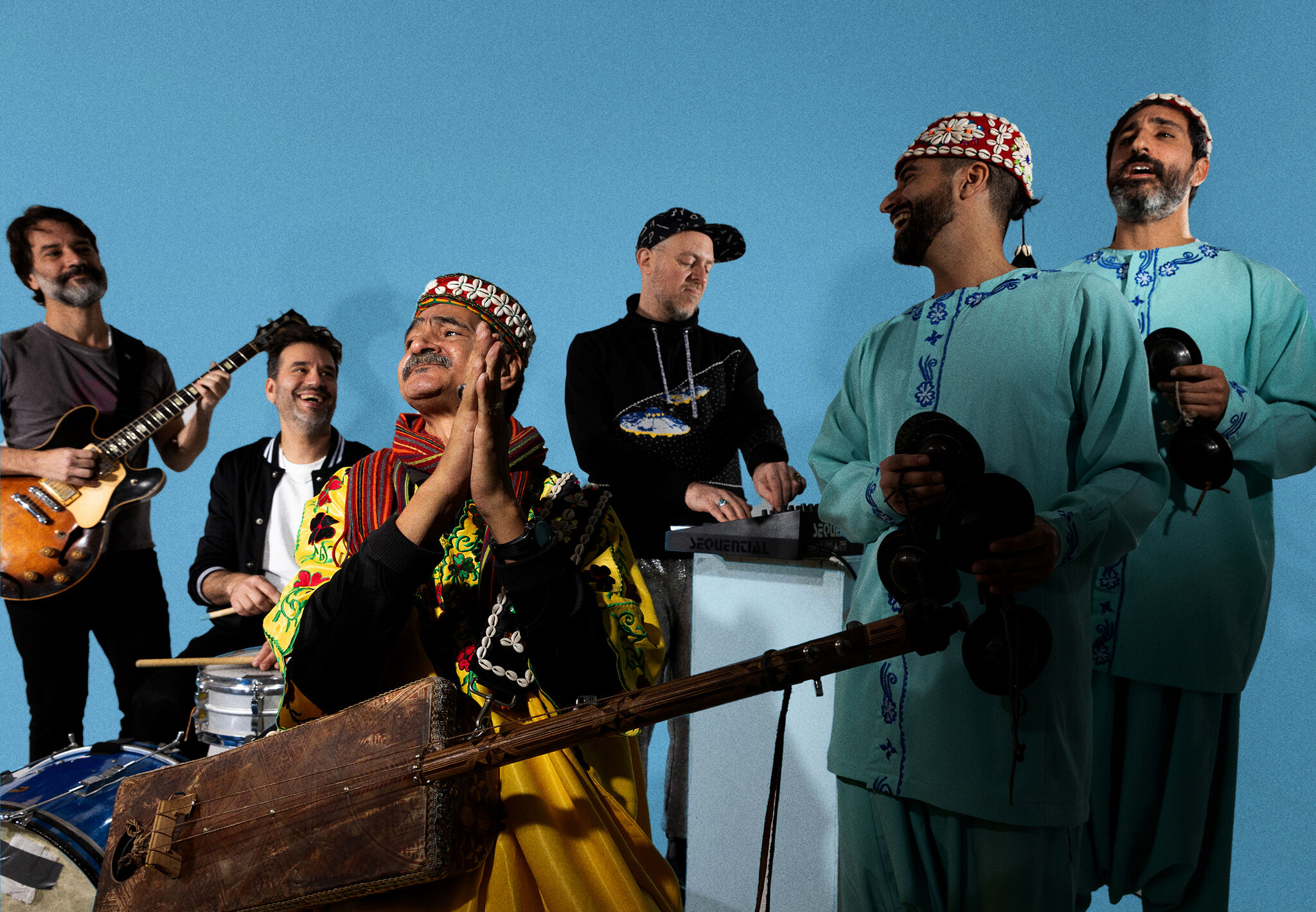
Live Music by Saha Gnawa
Nov 7, 2025
-
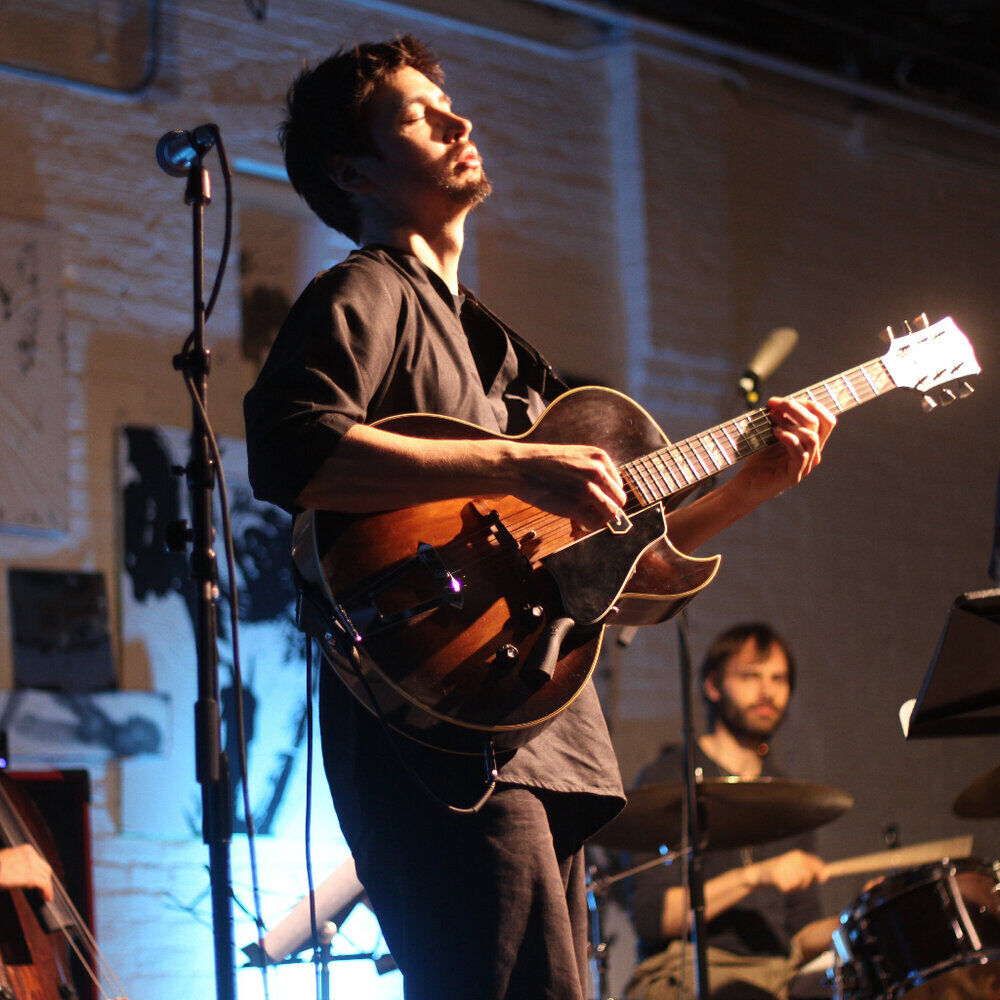
Live Music by Miles Okazaki
July 11, 2025
-
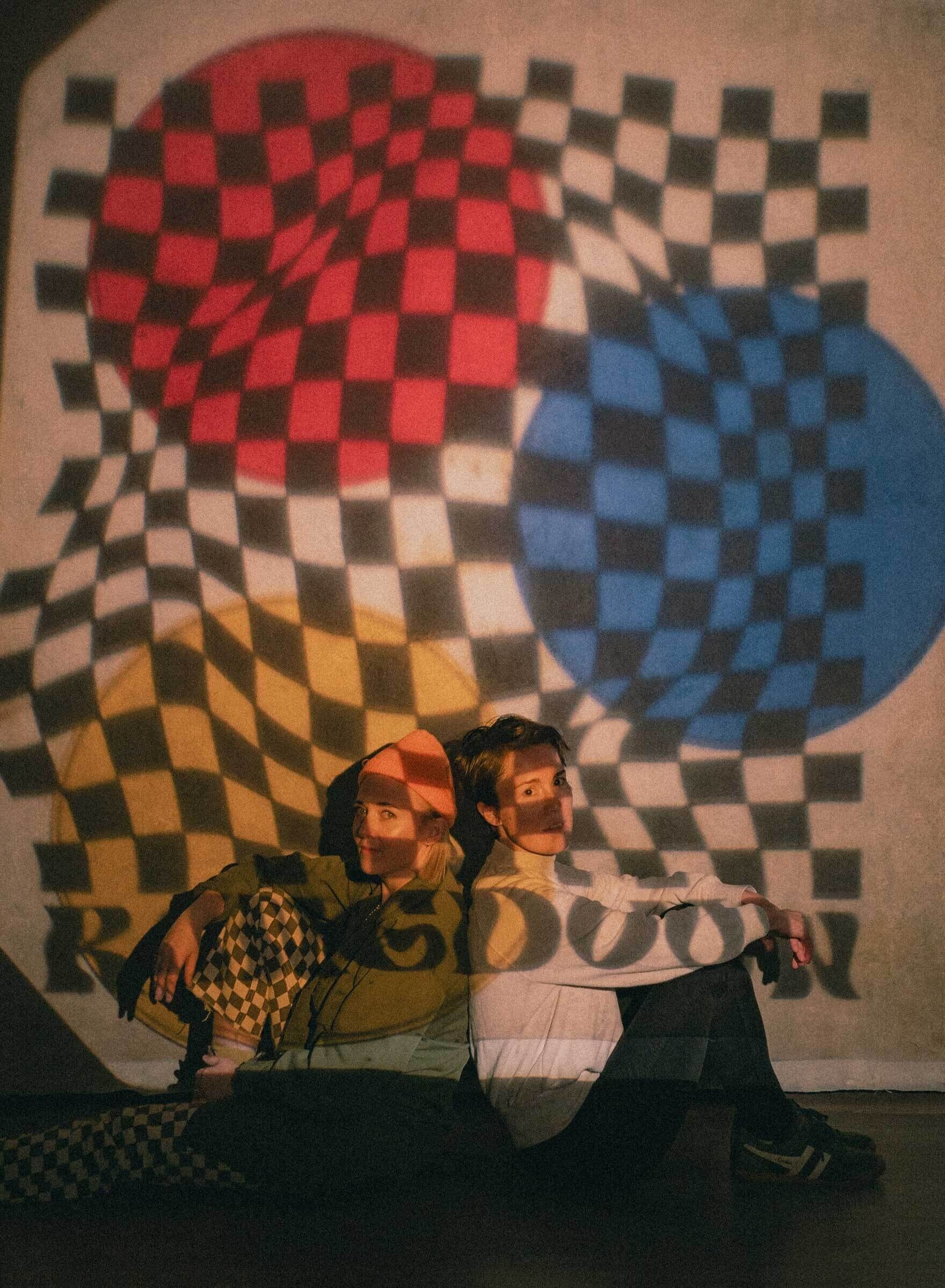
Live Music by Ringdown
June 6, 2025
-
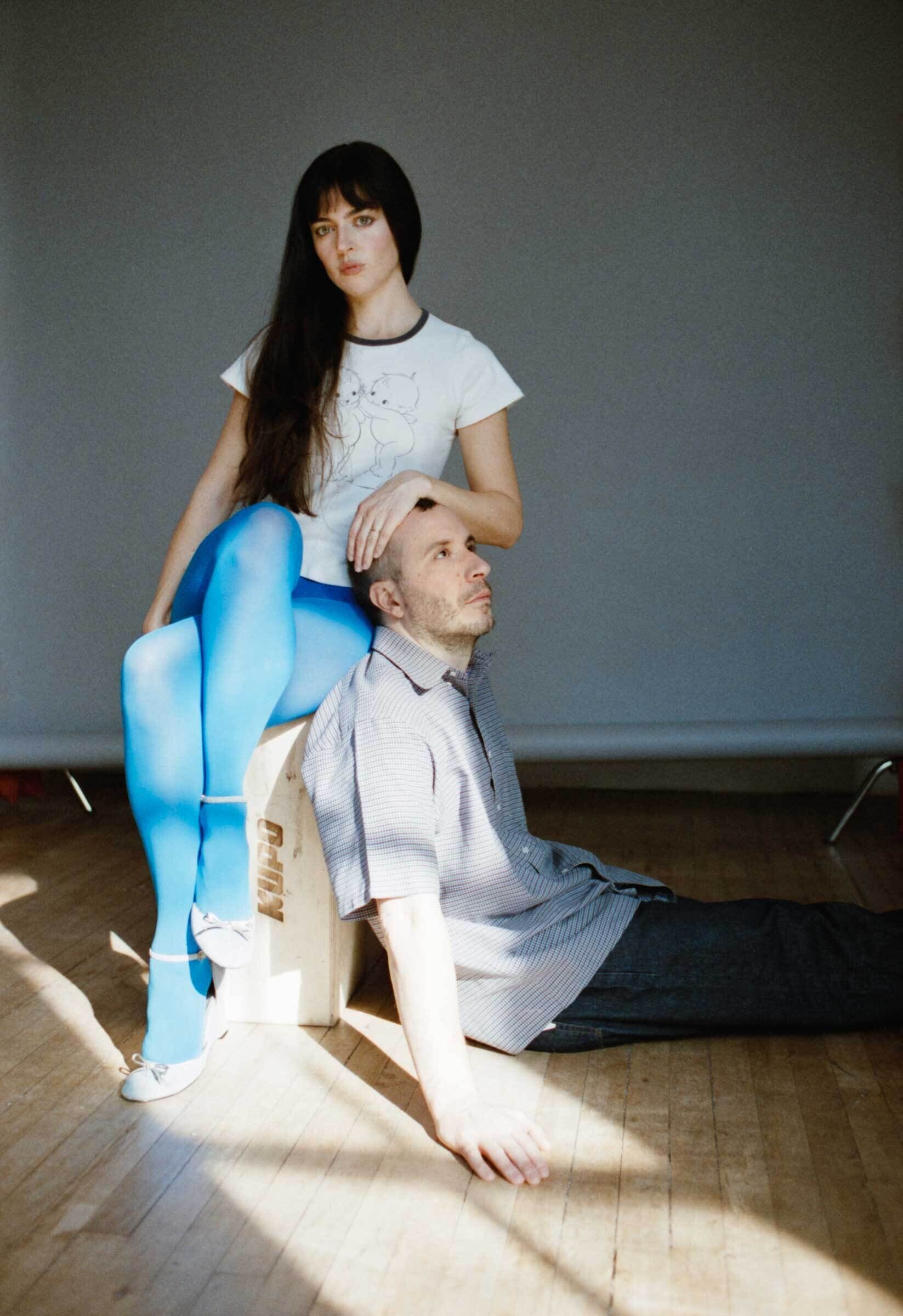
Live Music by mmeadows
June 6, 2025
-
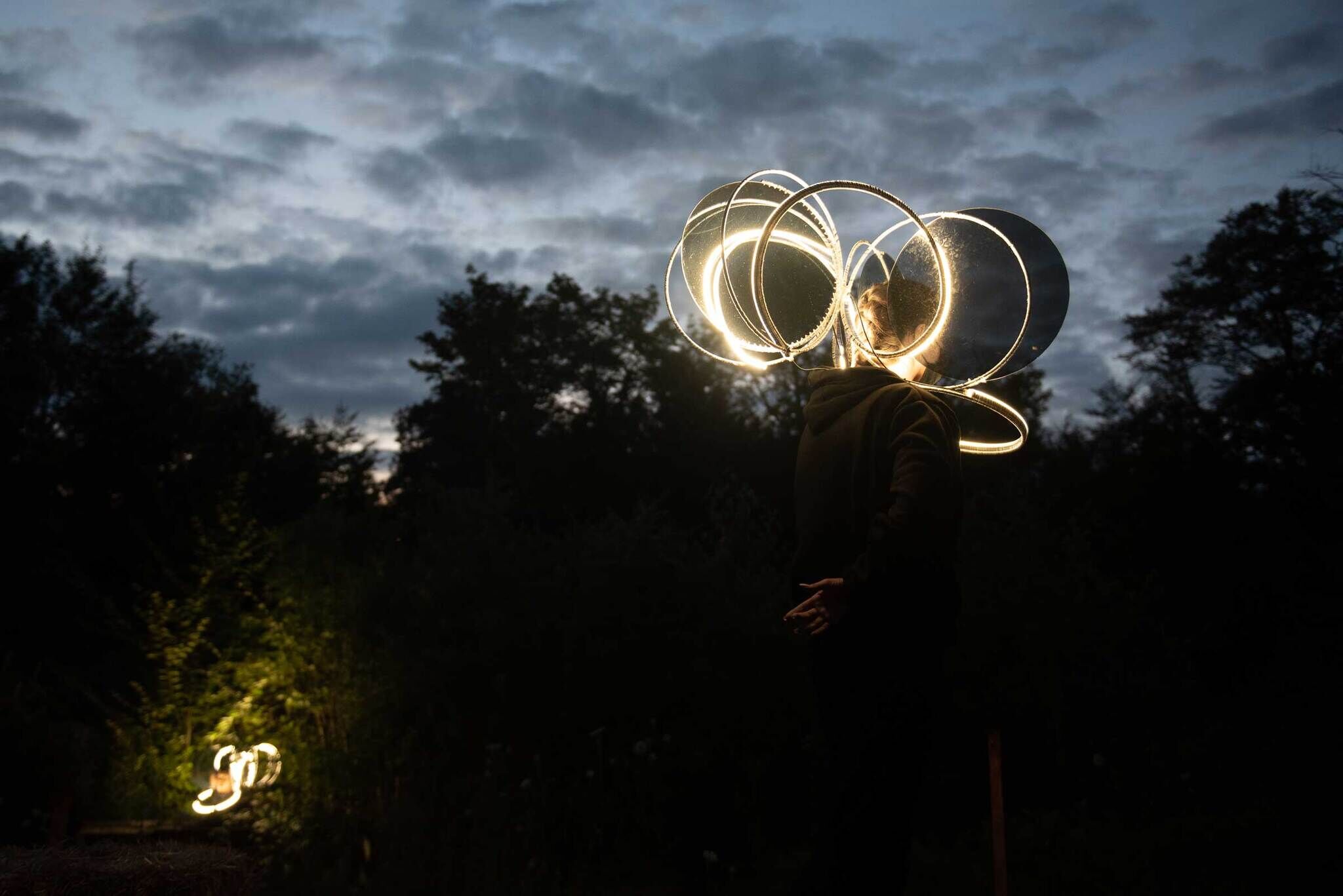
Okwui Okpokwasili and Peter Born: let slip, hold sway
Feb 6, 2025
-
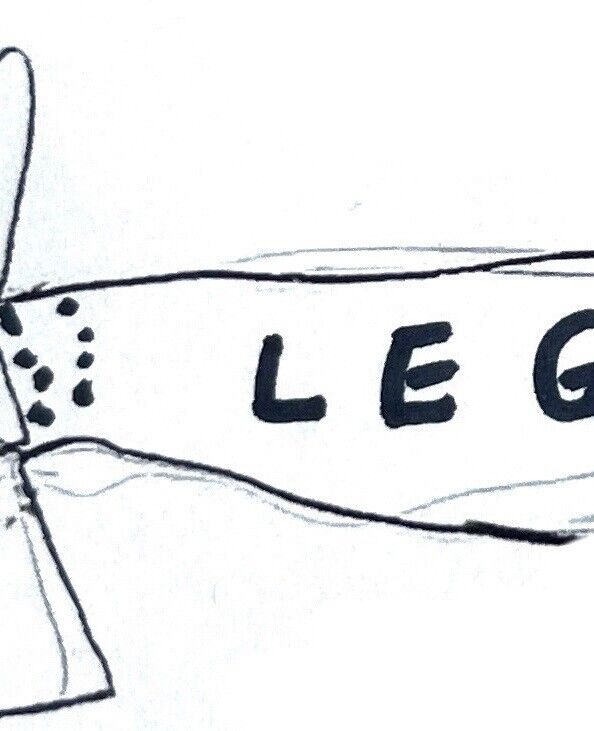
Sarah Michelson
city of dancers-
the eternal return of the sameJan 28, 2025
-
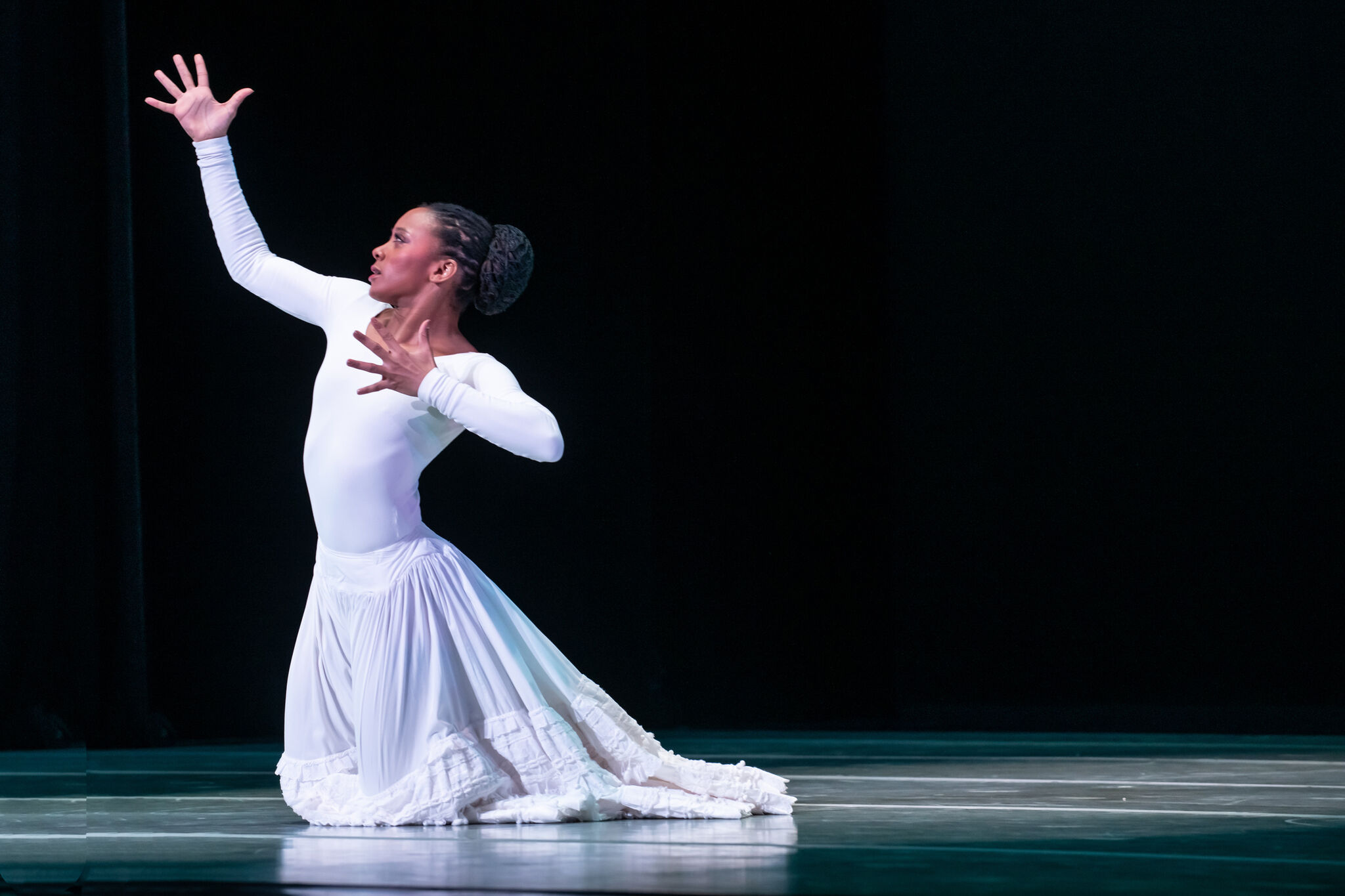
Judith Jamison / Cry Tribute with Panel Discussion
Jan 24, 2025
-
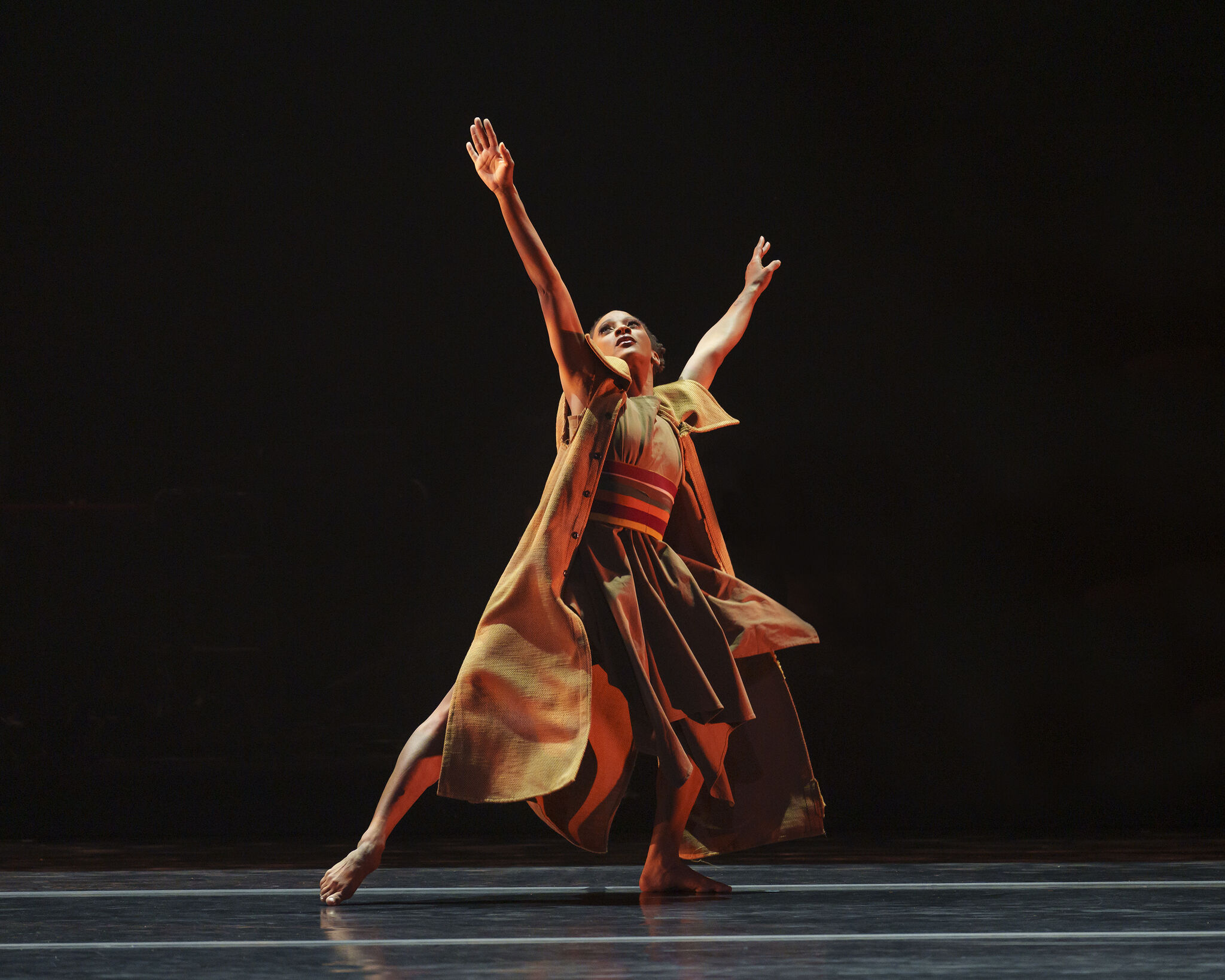
Alvin Ailey American Dance Theater
Program II: Excerpts from New WorksJan 22, 2025
-
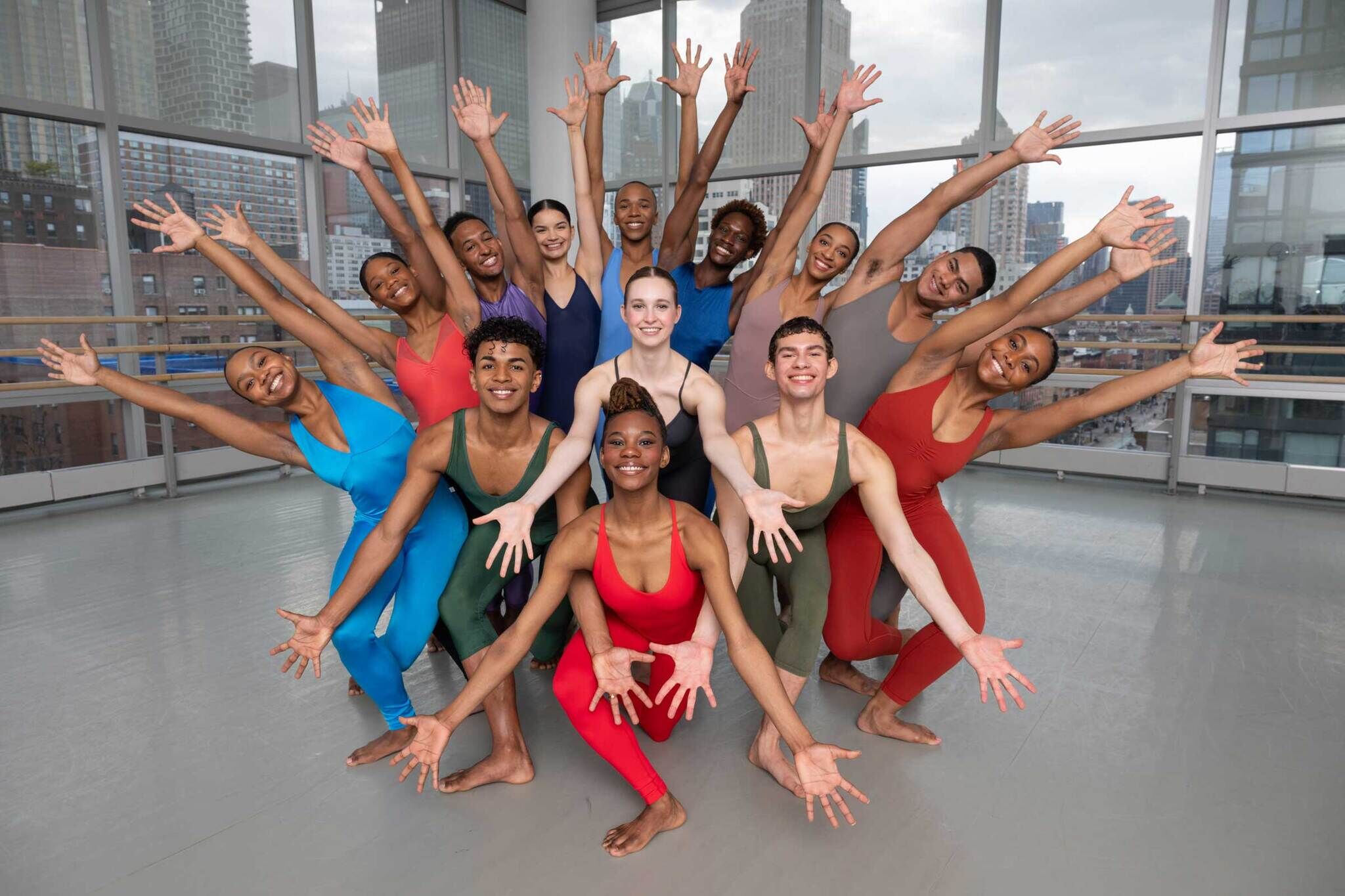
The Ailey School: Ailey Student Performance Group
Jan 22, 2025
-
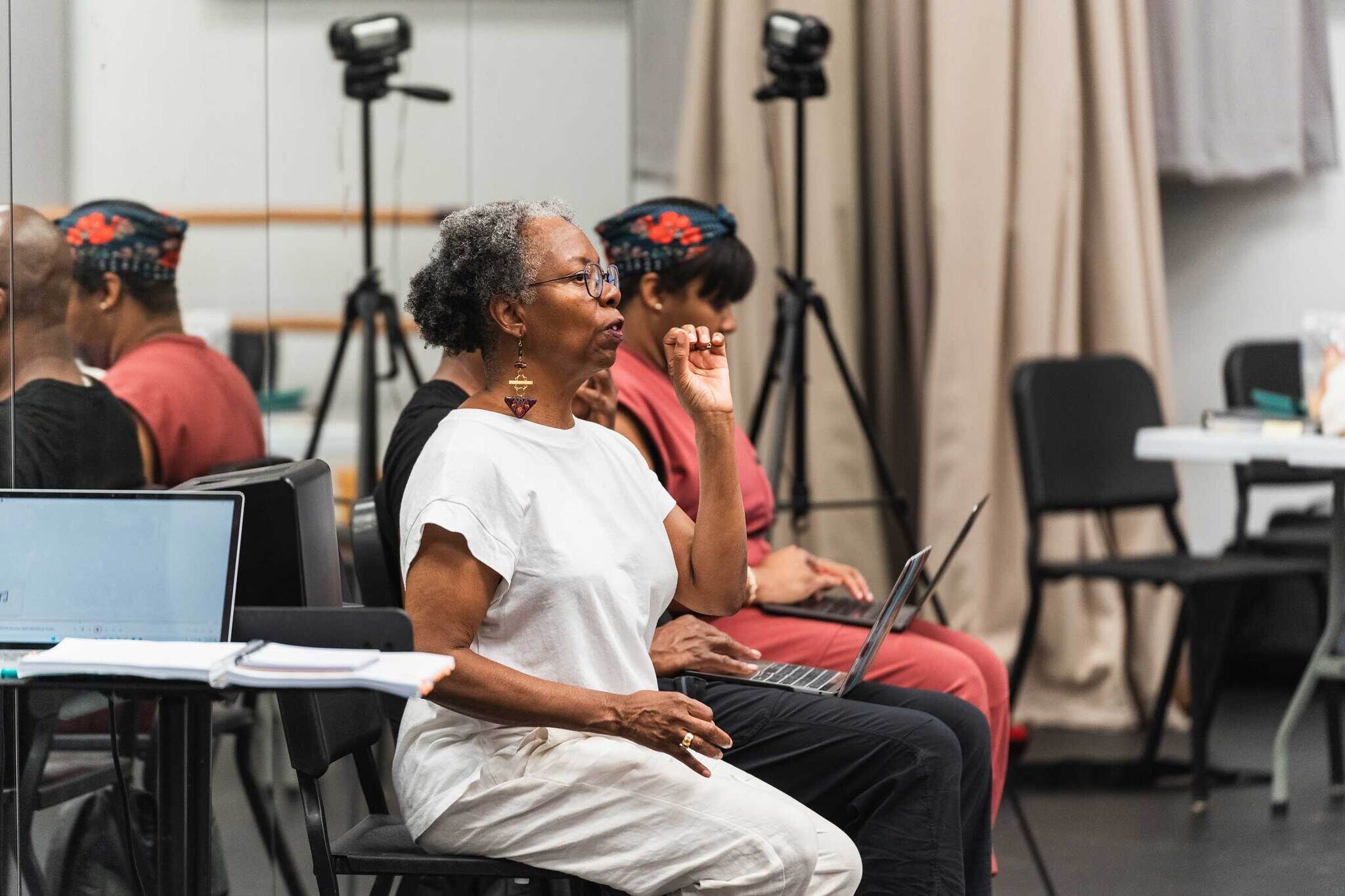
Jawole Willa Jo Zollar: LifeDance IV The Emperor…The Old Woman Persists
Jan 17, 2025
-
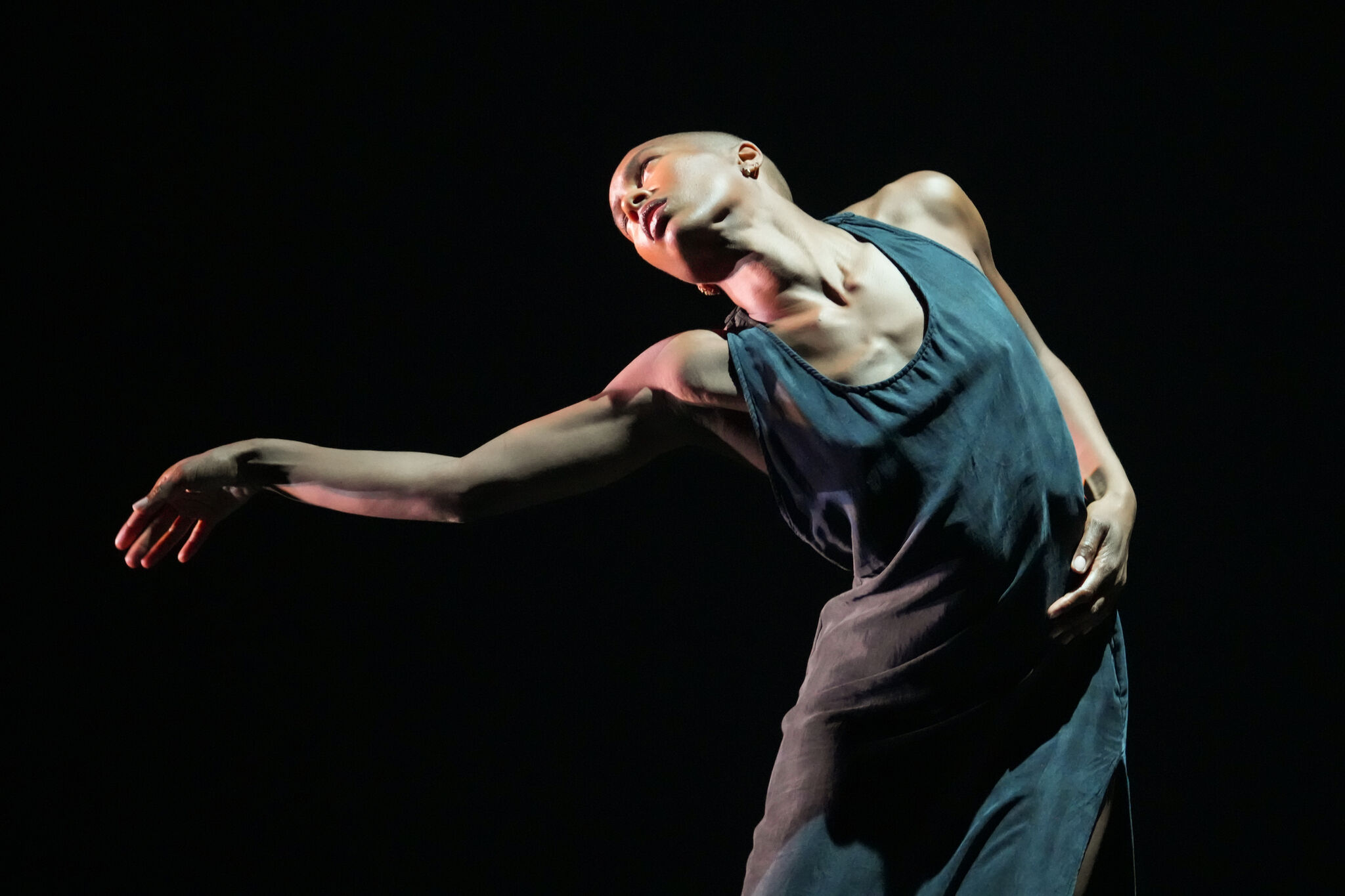
A.I.M by Kyle Abraham: If We Were A Love Song
Jan 3, 2025
-
2024
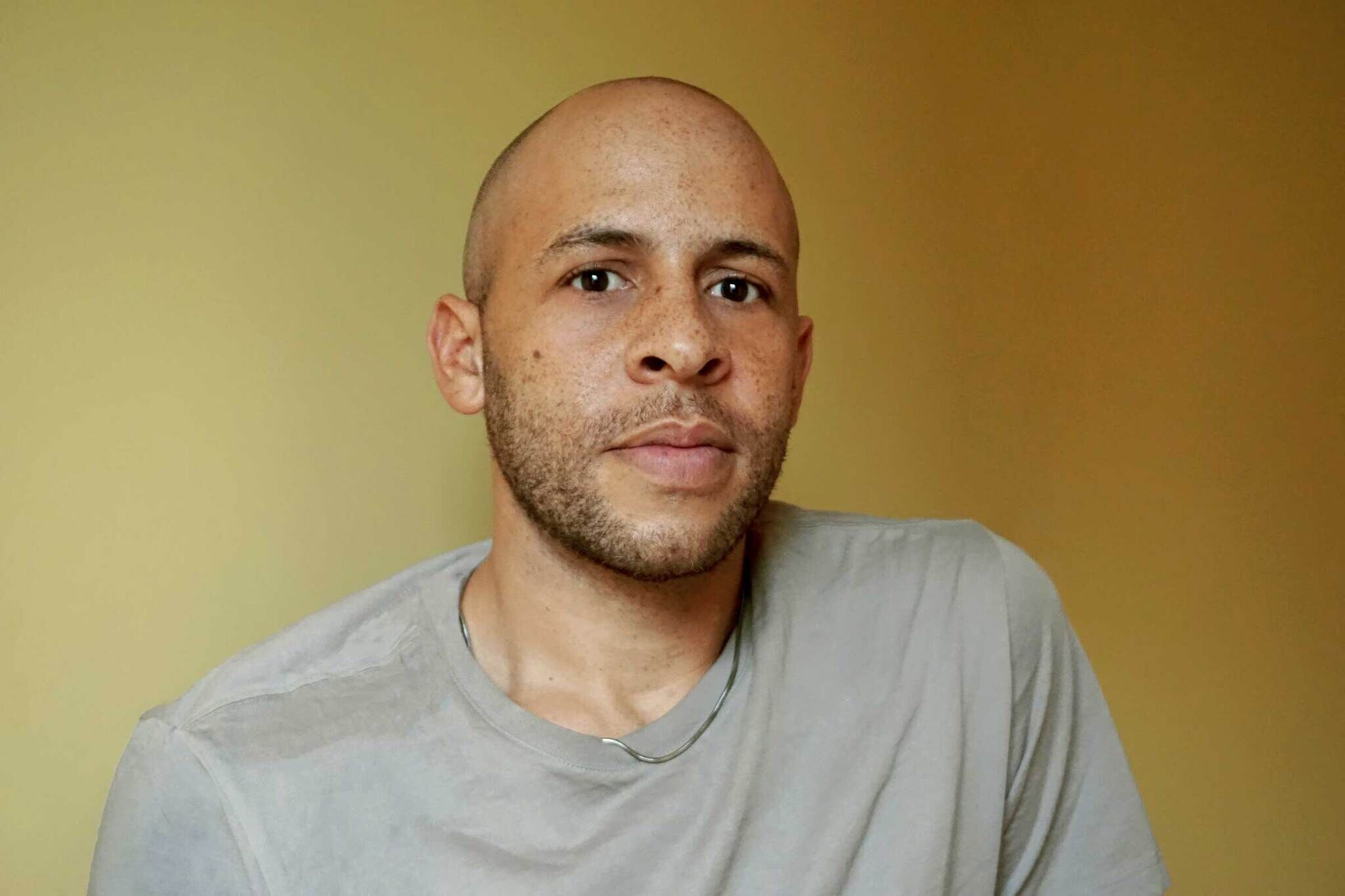
Will Rawls: Parable of the Guest
Dec 13, 2024
-
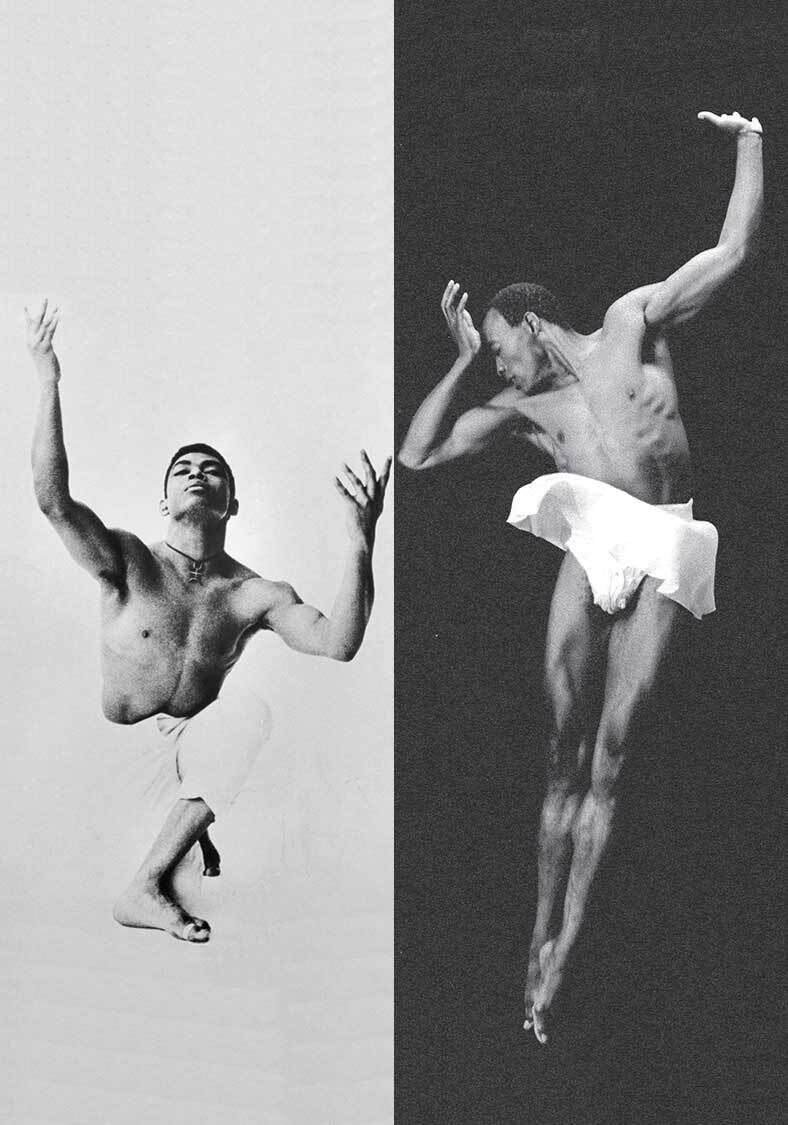
Bill T. Jones, Memory Piece: Mr. Ailey, Alvin… the un-Ailey?
Nov 16, 2024
-
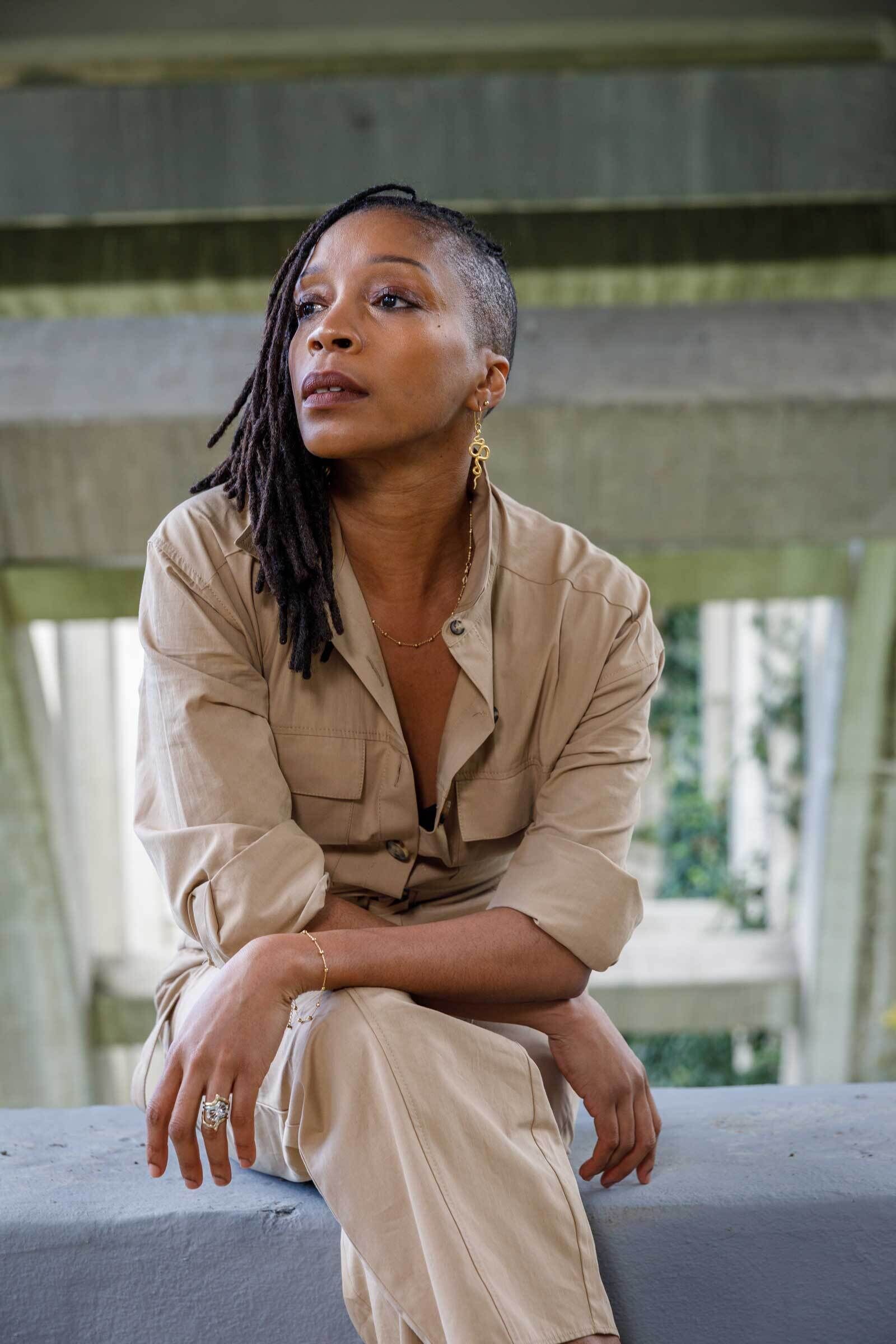
Yusha-Marie Sorzano: This World Anew
Nov 7, 2024
-
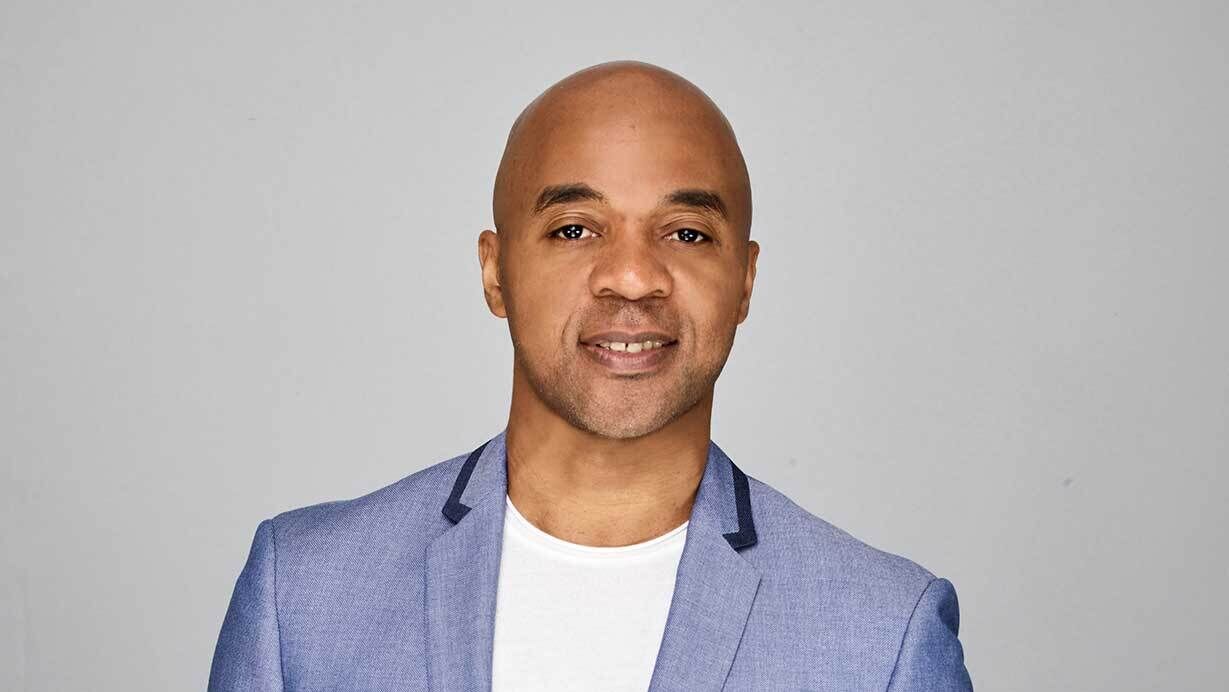
Matthew Rushing, Sacred Songs: A Journey of the Spiritual
Nov 1, 2024
-
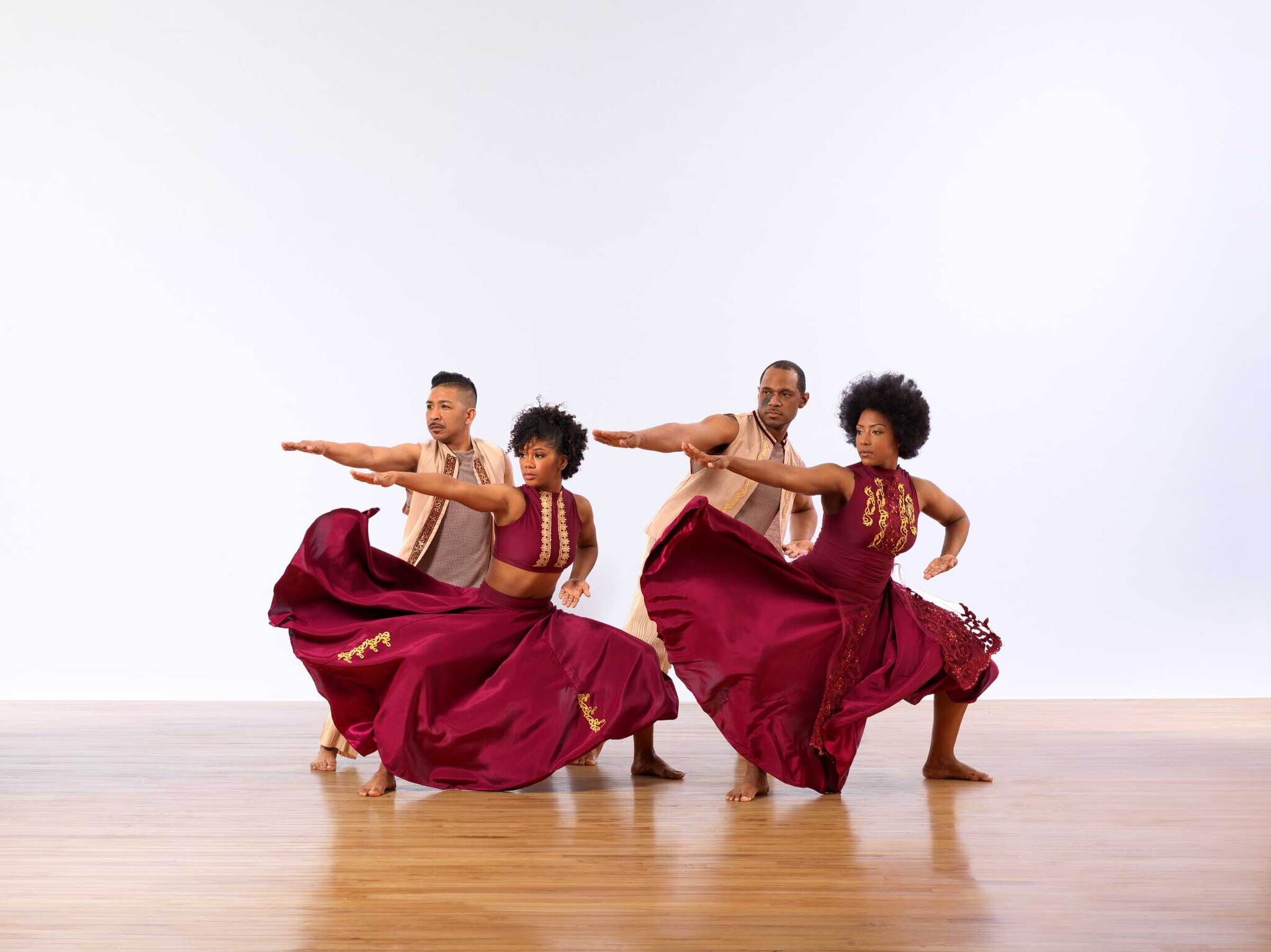
Ronald K. Brown/EVIDENCE, Ife: My Heart & Four Corners
Oct 10, 2024
-
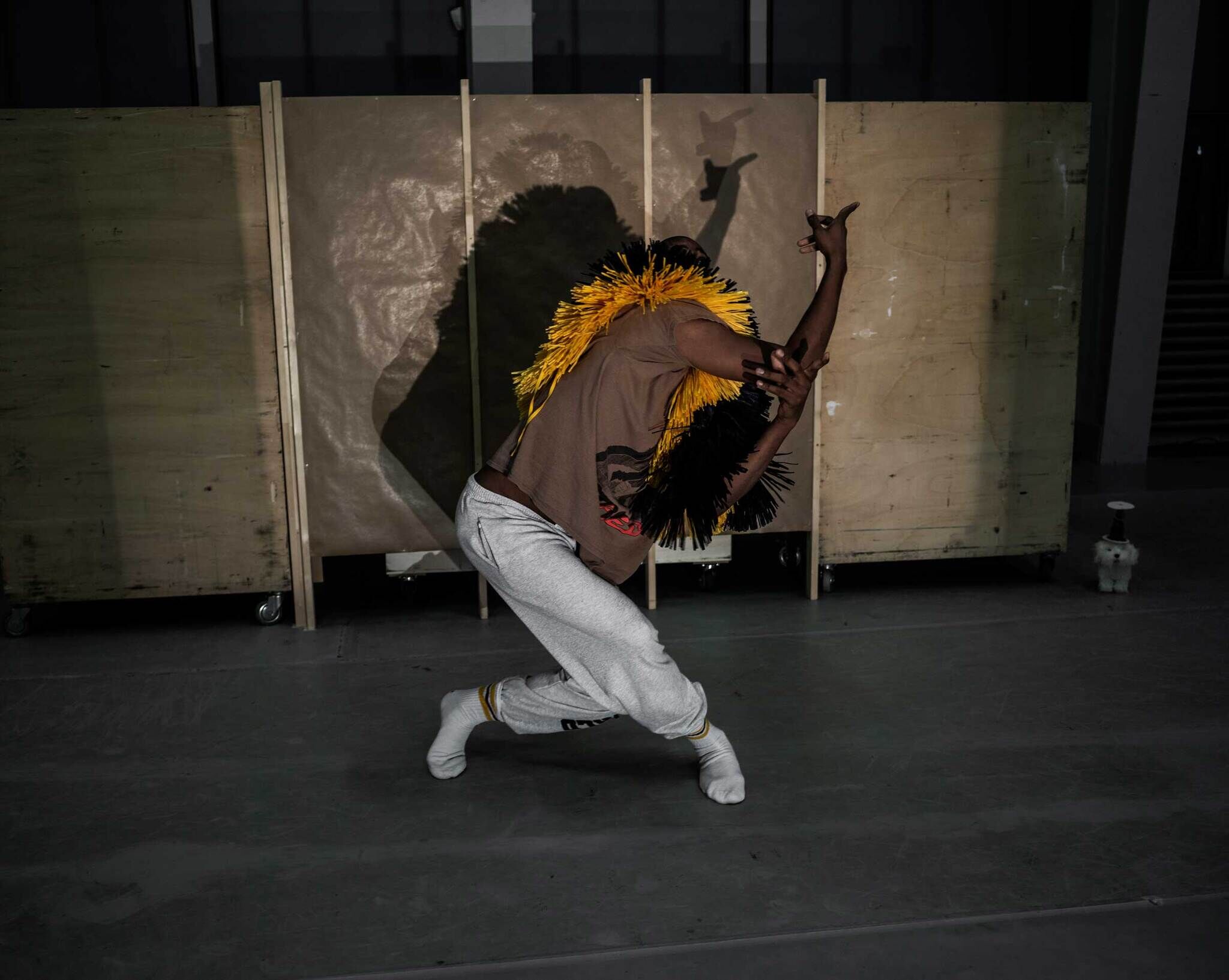
Trajal Harrell : Deathbed
Oct 4, 2024
-
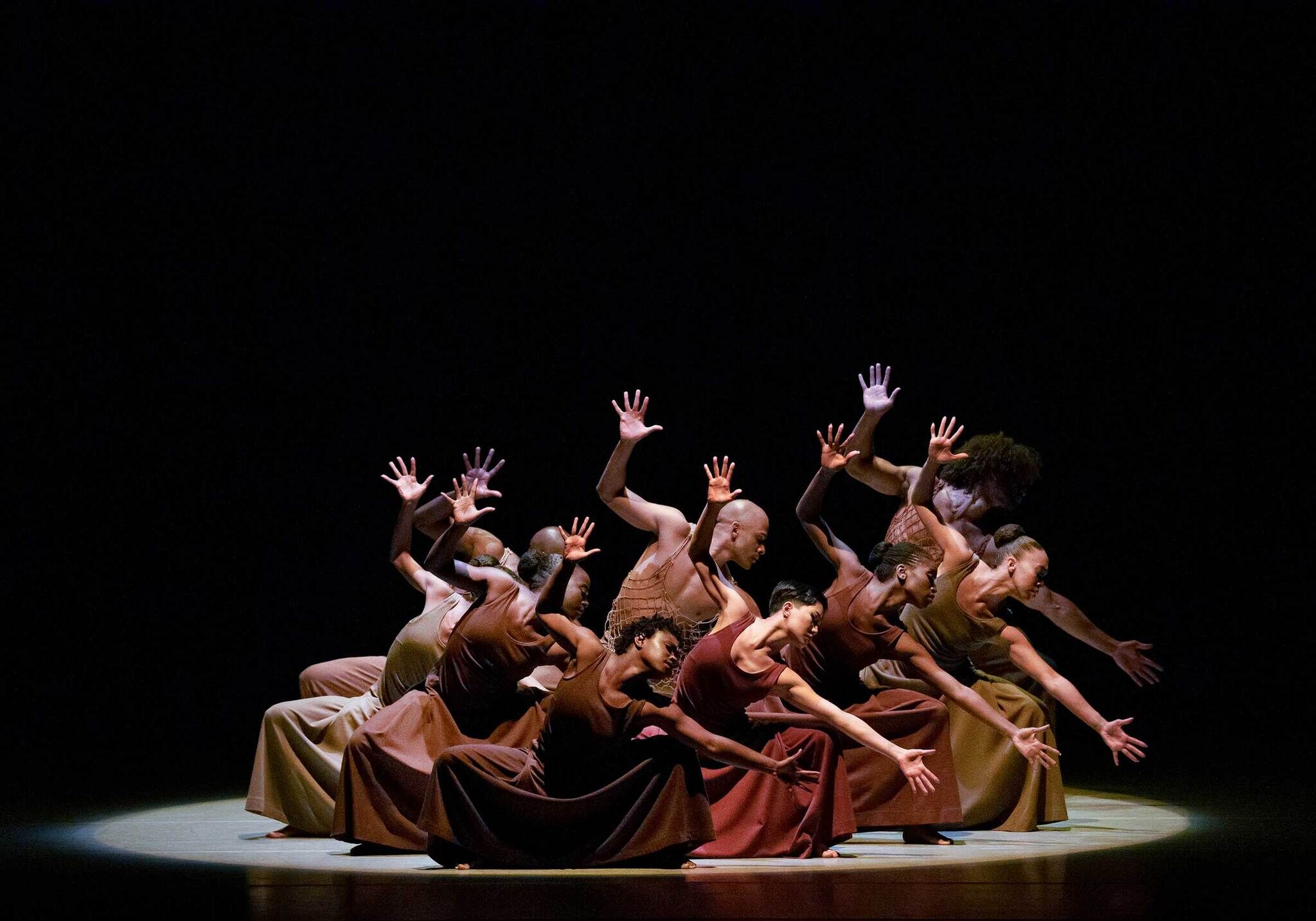
Alvin Ailey American Dance Theater Program I: Excerpts from Ailey Classics
Sept 25, 2024
-
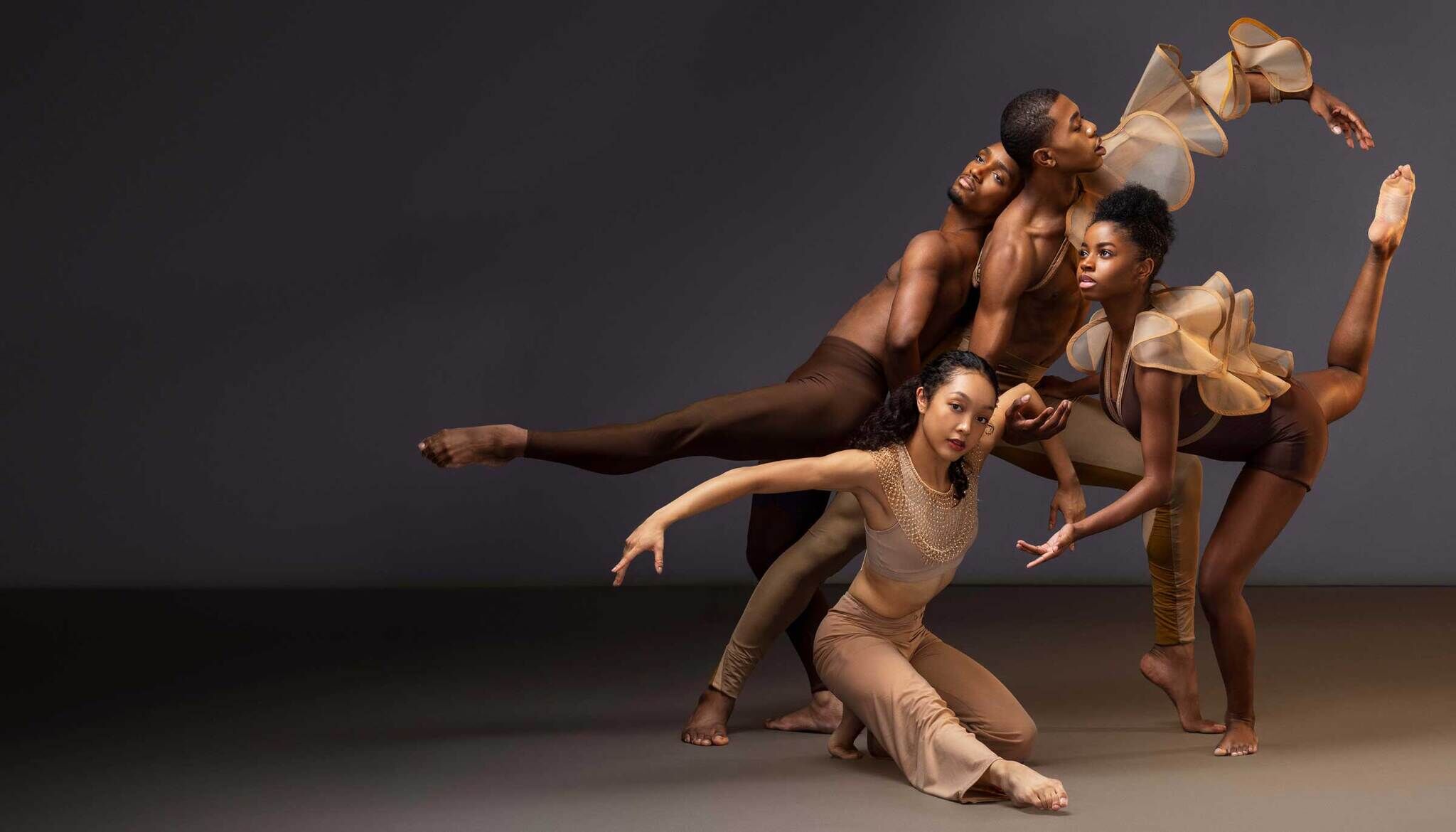
Ailey II : Harmonic Echo
Sept 25, 2024
-
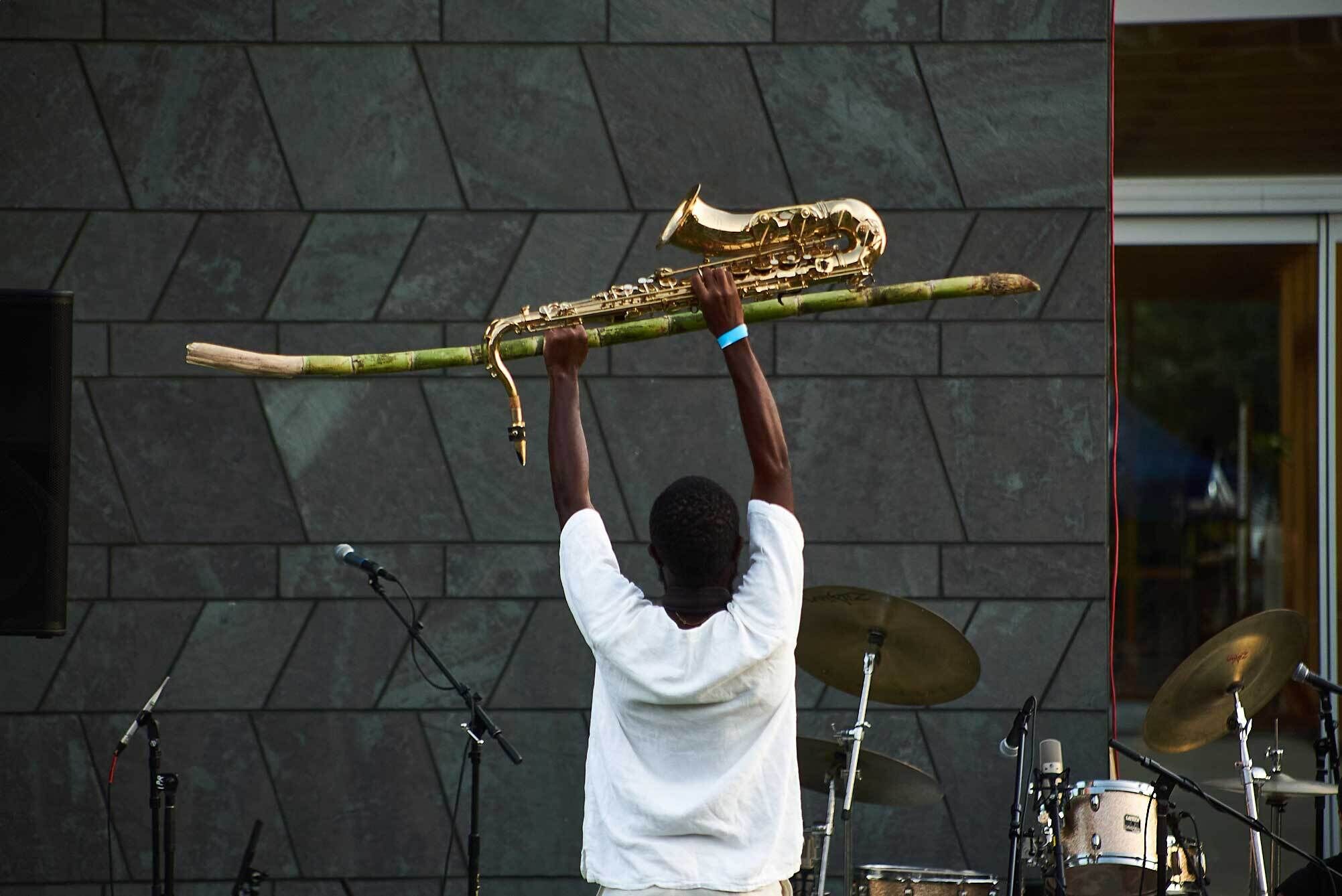
Offerings
Aug 3, 2024
-
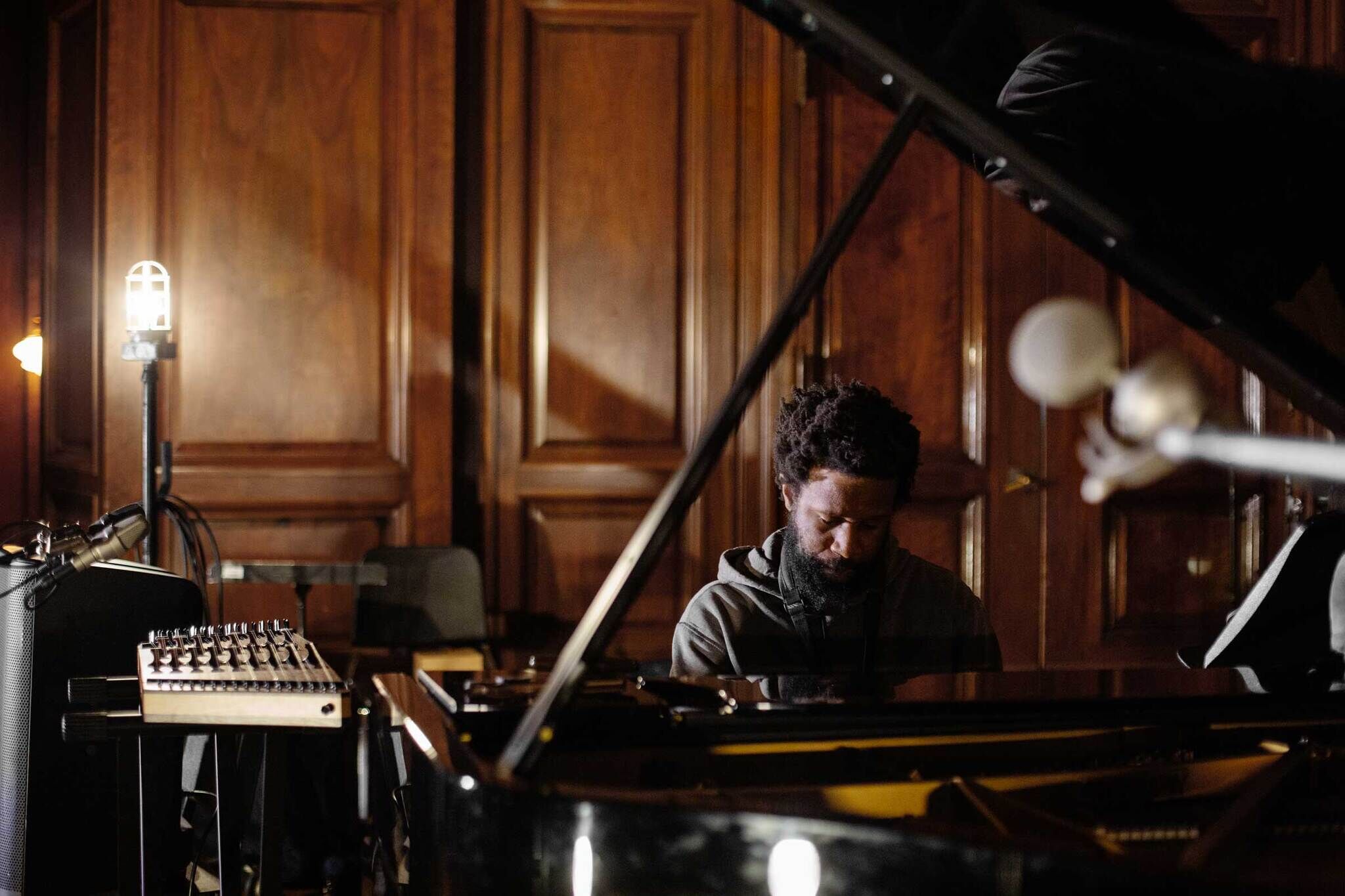
Sonic Bathhouse with JJJJJerome Ellis
July 26, 2024
-
Material
July 19, 2024
-
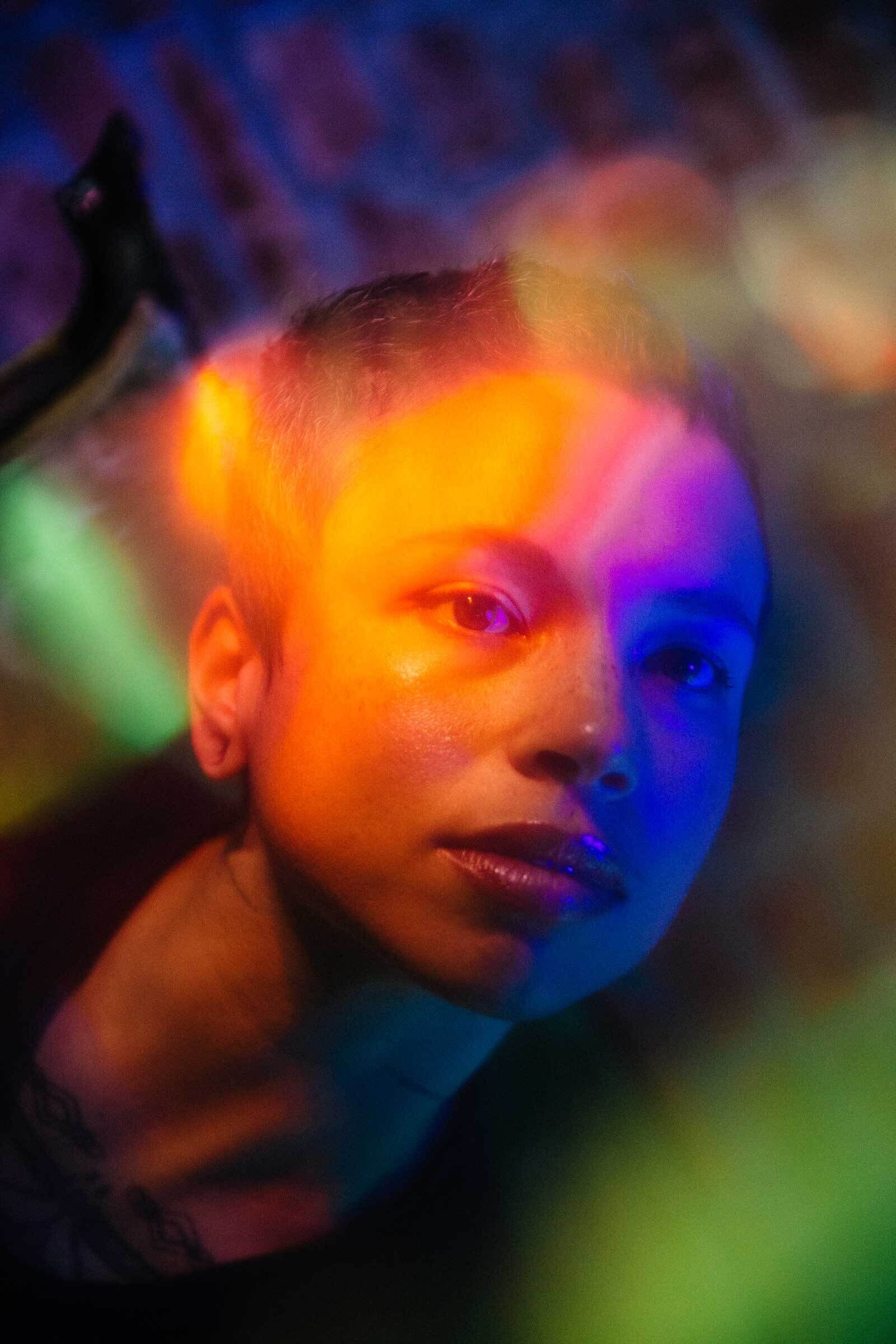
Speaker
June 29, 2024
-
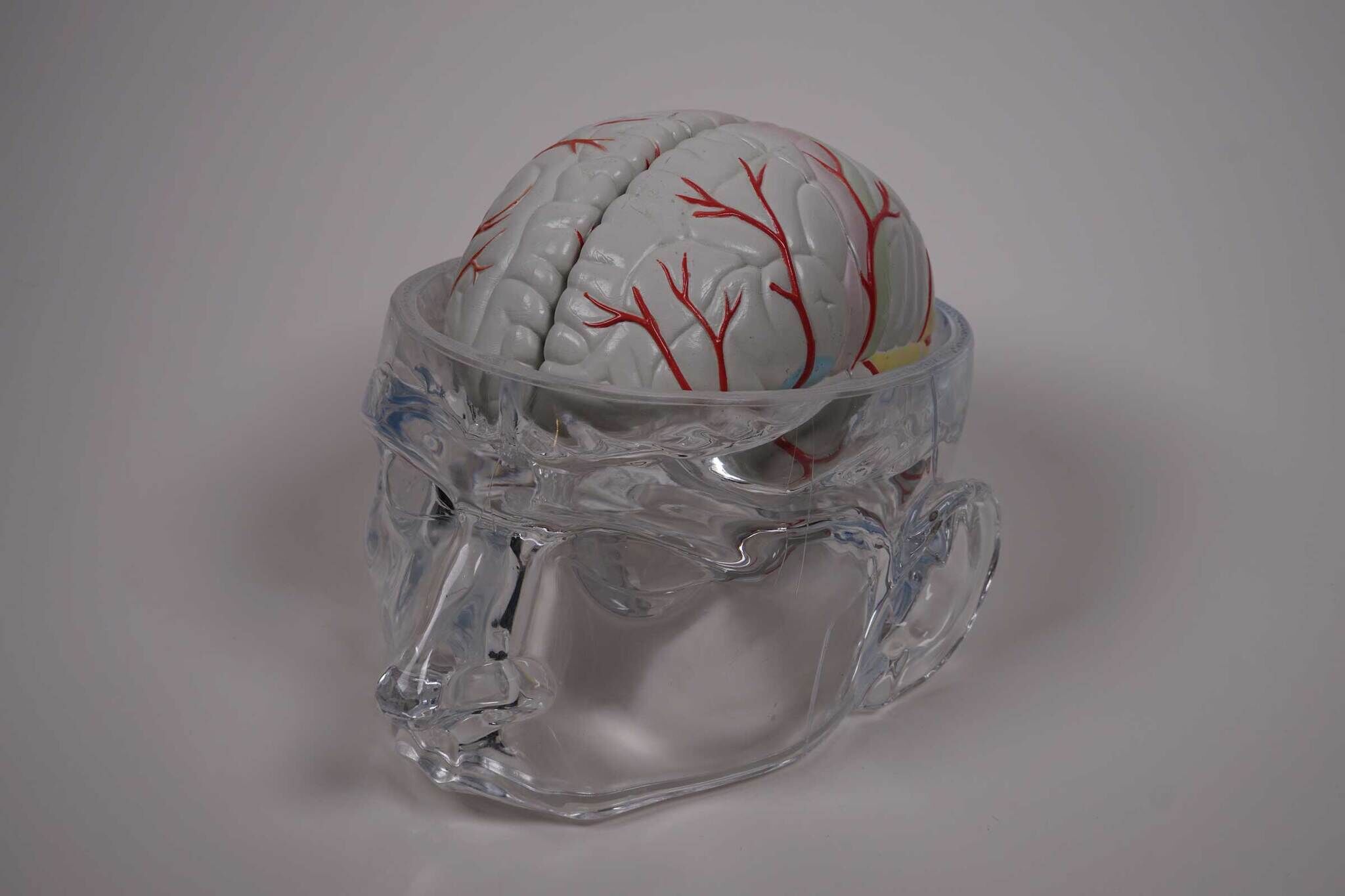
Motor Tapes
June 8, 2024
-
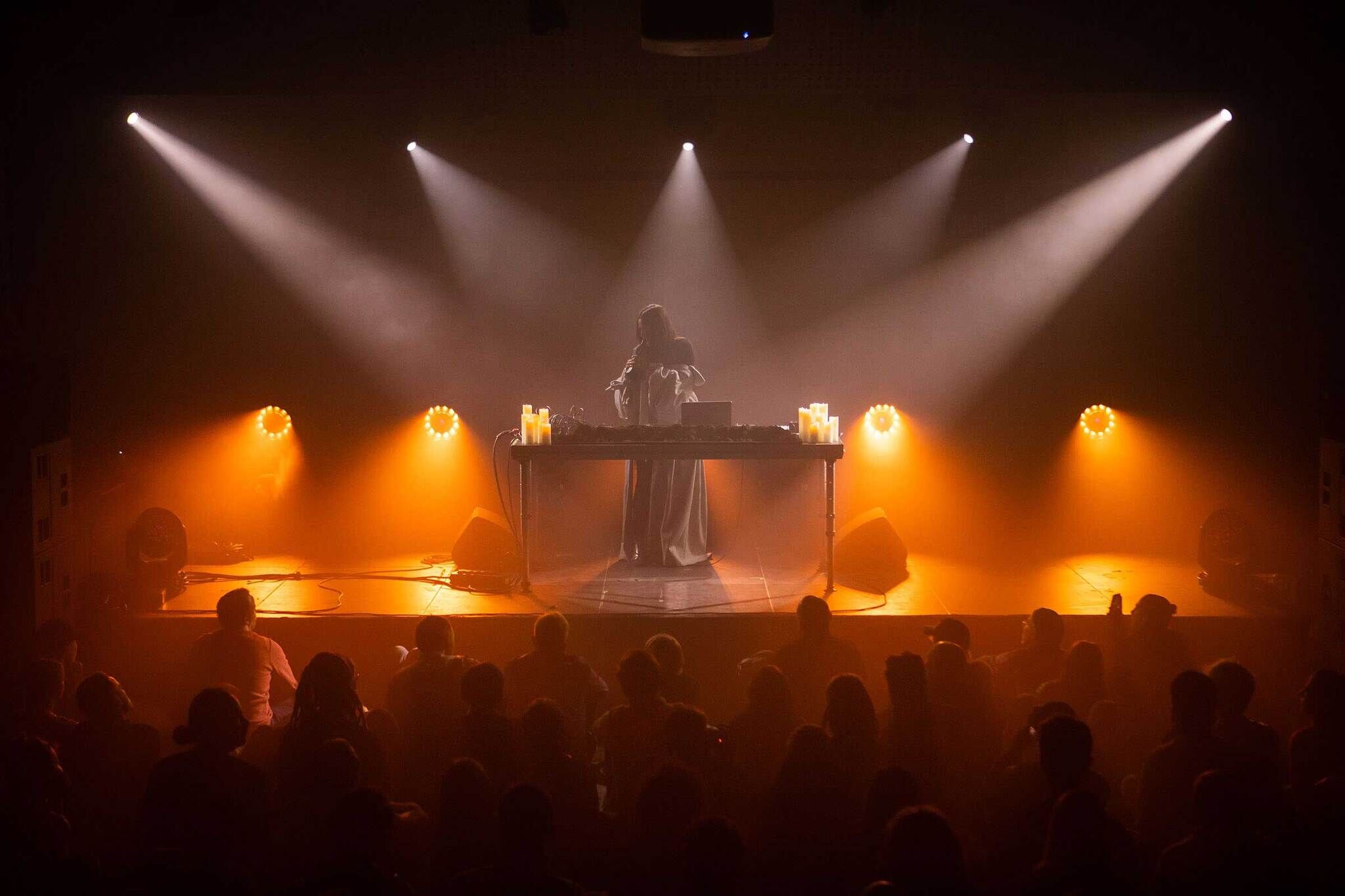
The Long Count
Apr 27, 2024
-
2023
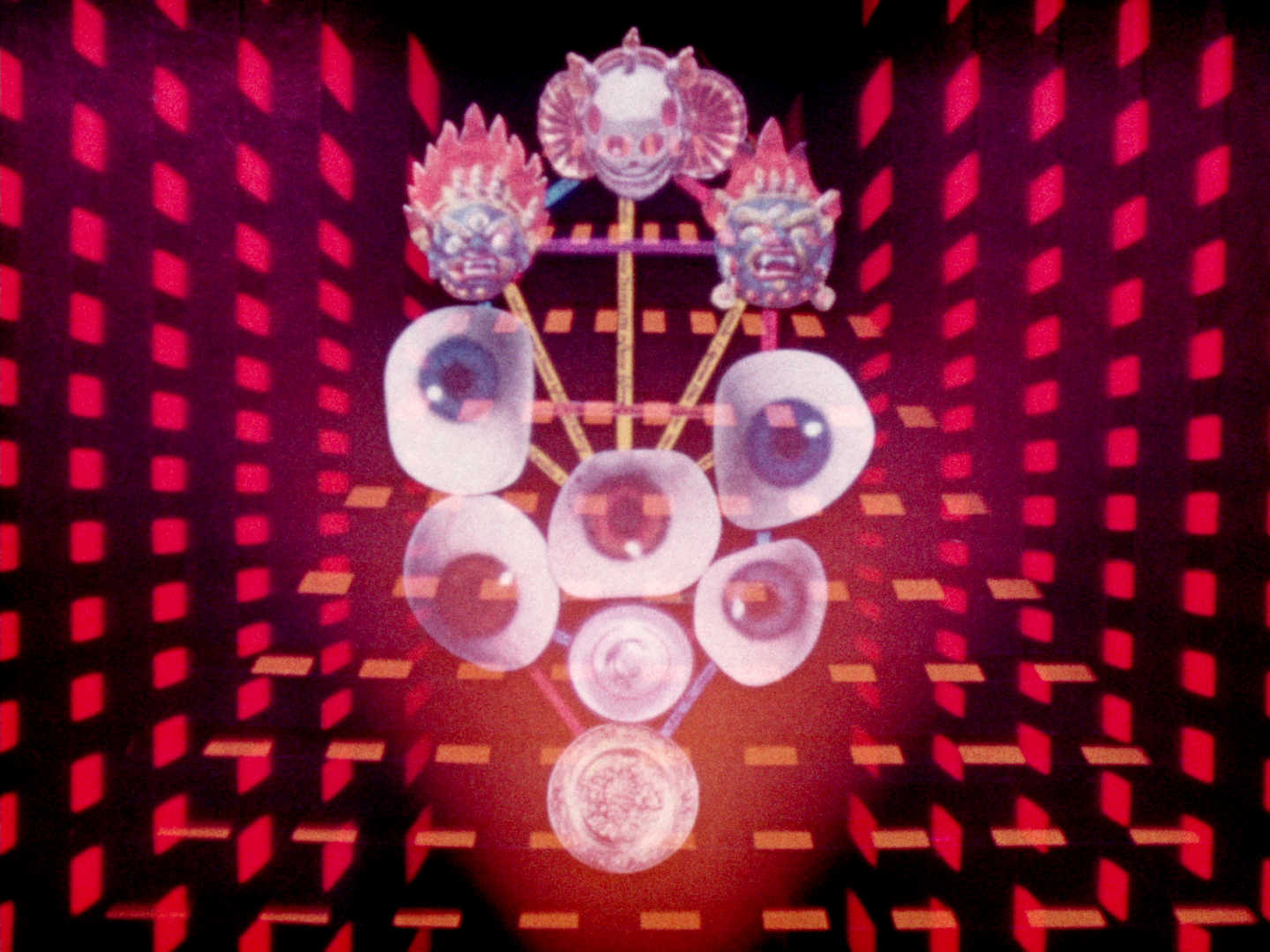
John Zorn plays Harry Smith
Oct 20, 2023
-
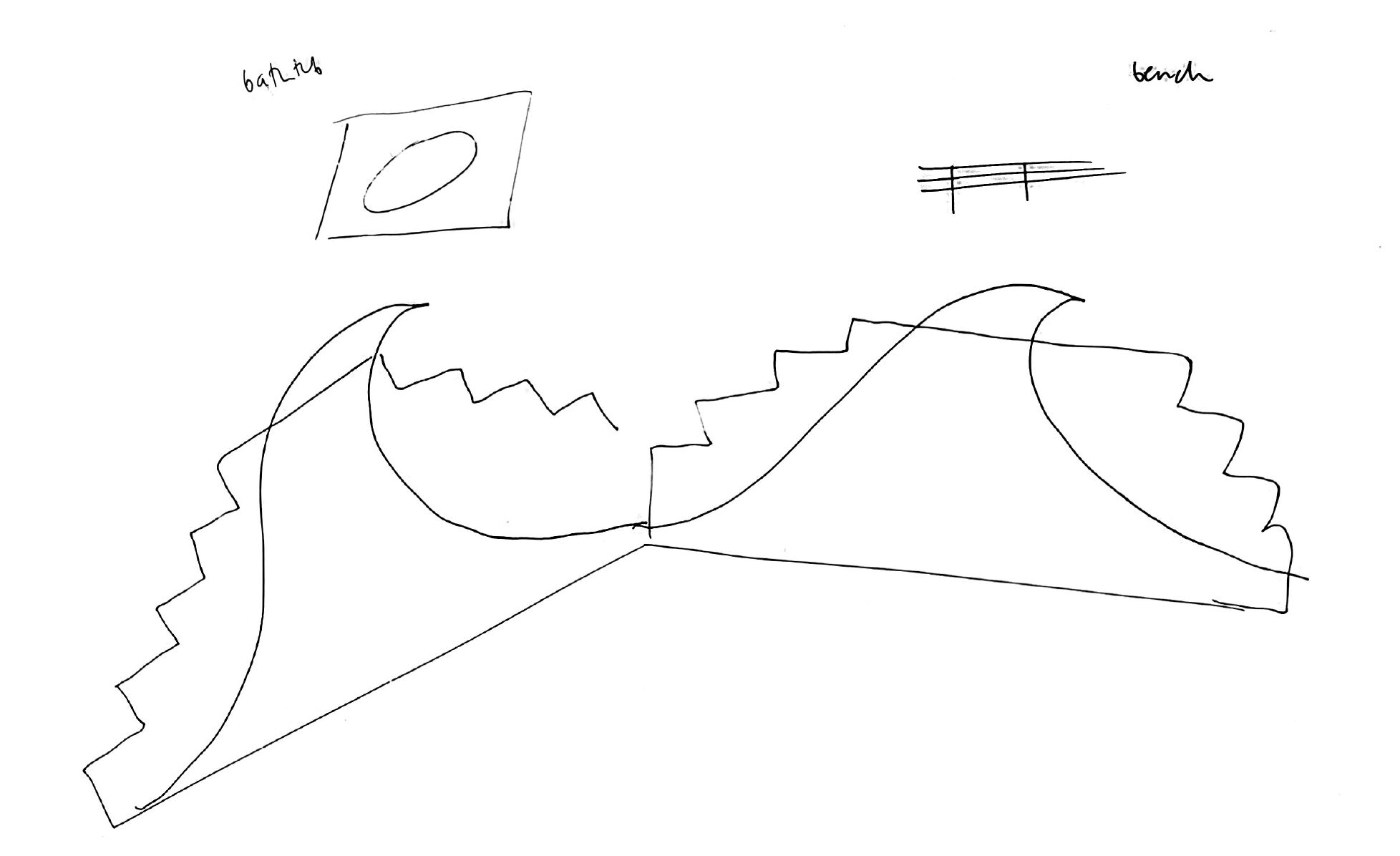
Every Ocean Hughes: River
Mar 25, 2023
-

Every Ocean Hughes: River
Mar 24, 2023
-
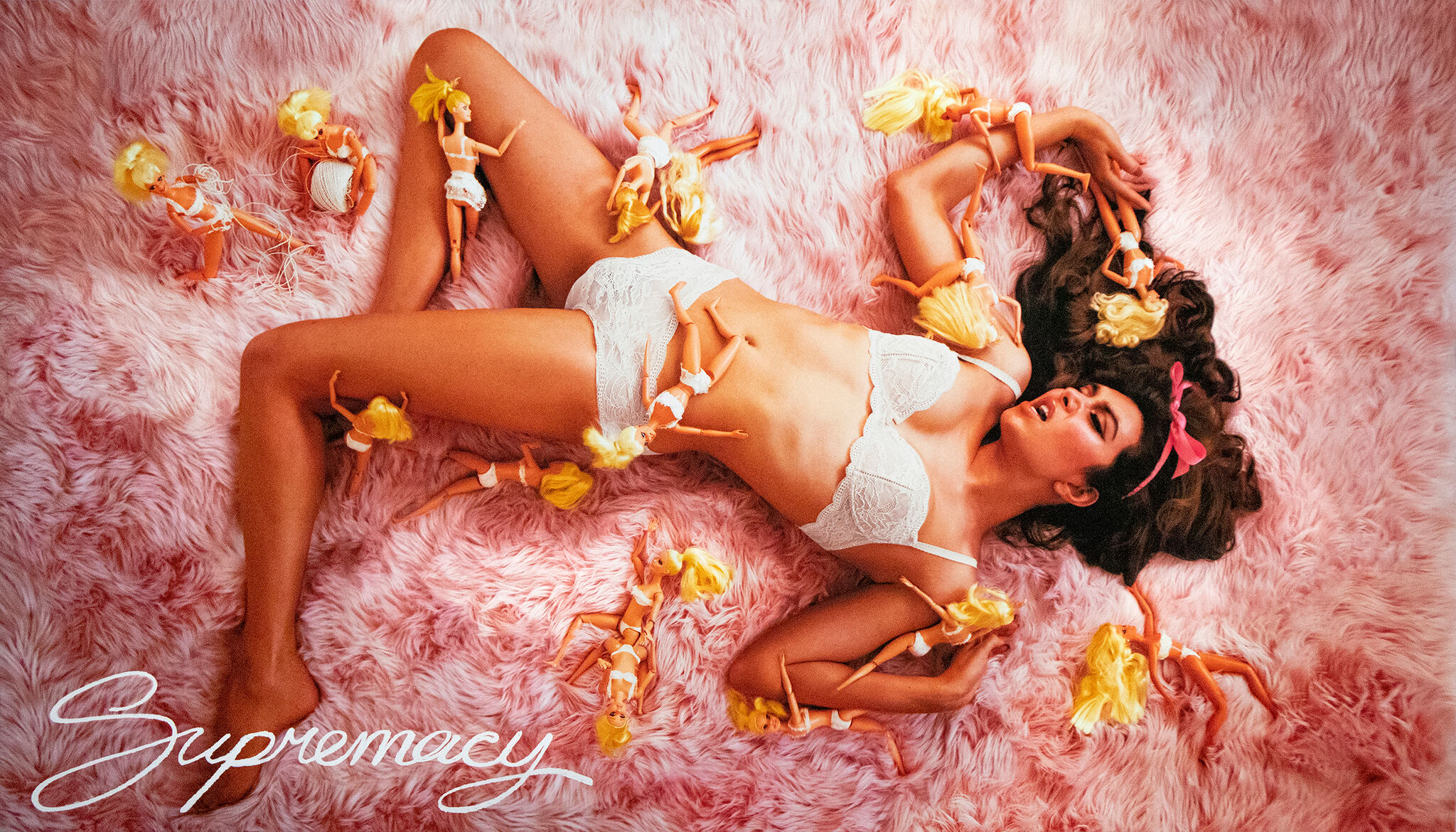
Martine Gutierrez presents Supremacy Corporate Retreat
Mar 8, 2023
-
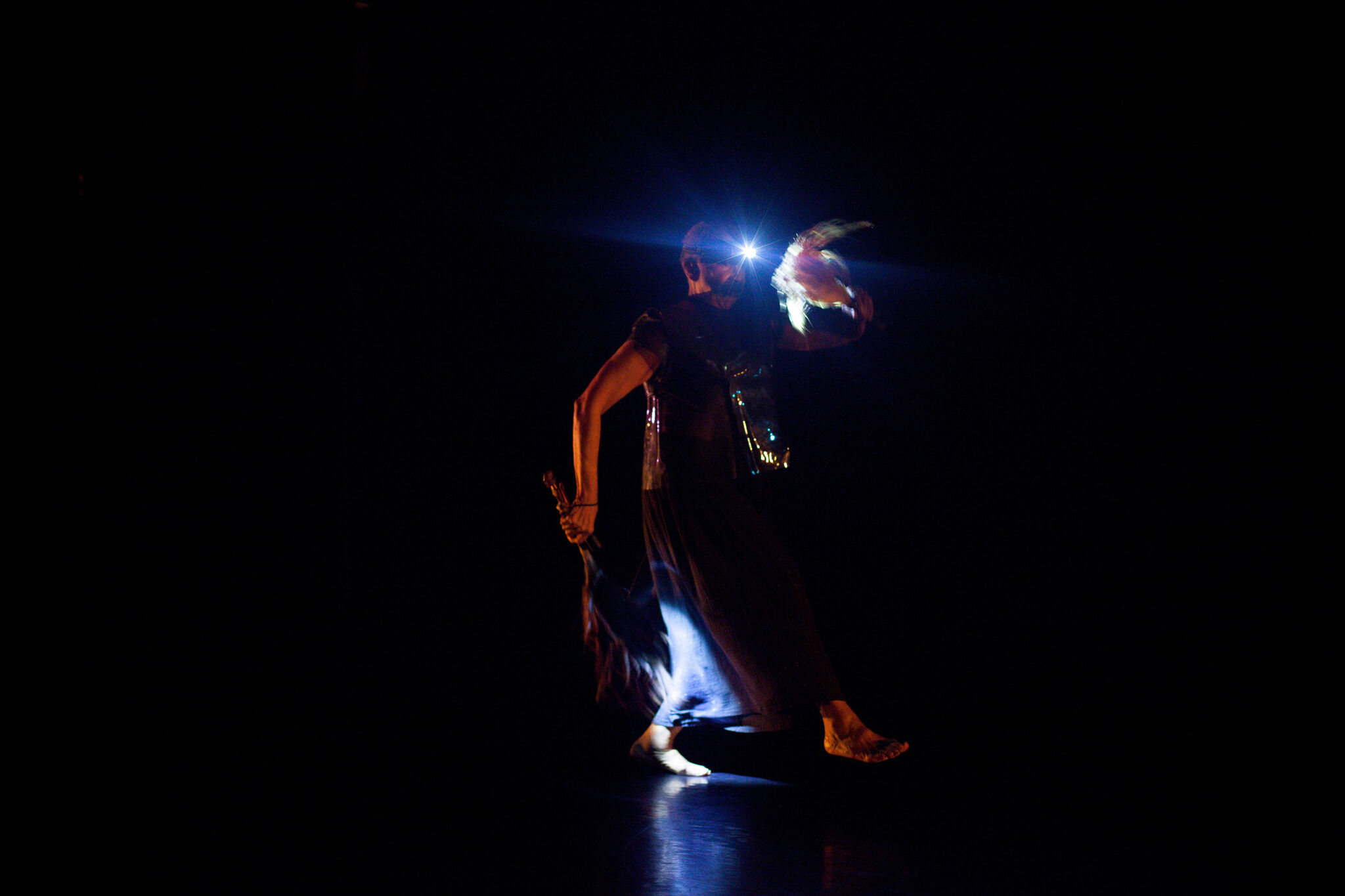
Lacks Criticality
Mar 3, 2023

